What is EDM Marketing? Benefits & Campaign Tips
| By Marianne Wright | 0 Comments
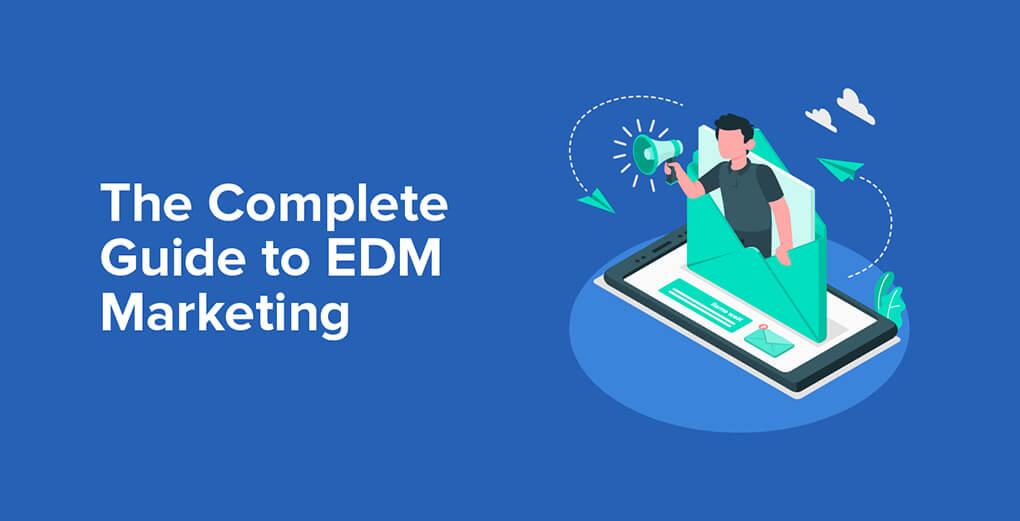
Never heard of Electronic Direct Mail marketing? You’re probably not the only one. In this blog post, we seek to define how EDM marketing differs from regular email marketing campaigns, and illustrate with real-life examples.
In 2020, 306.4 billion emails are sent and received every day worldwide. Almost everyone in the world has an email address and email marketing continues to boast the highest ROI, making email marketing strategies essential for your business’s marketing efforts.
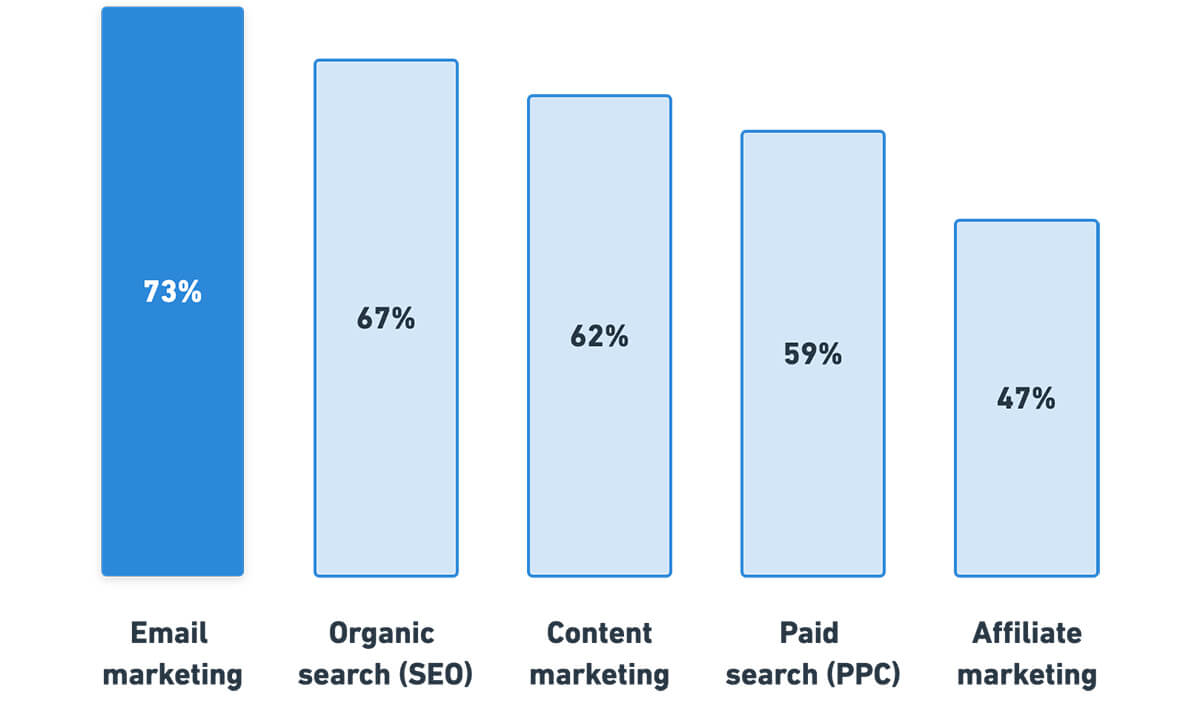
If you’re already using email marketing – and more importantly if you aren’t – EDM marketing is the next logical step to improving your marketing efforts.
At its core, EDM marketing is all about delivering your offer via e-blasts. But upon closer inspection, we see that it is much more complex than a regular email marketing campaign.
Electronic Direct Mail marketing encompasses multiple media channels including printed marketing materials, social media, text message marketing, and even out-of-home (OOH) advertising to reinforce and retarget the message of your campaign.
Let’s dig into the ins and outs of EDM marketing and how you can implement EDM campaigns into your marketing strategy.
Contents:
- First up: What exactly is EDM marketing?
- EDM marketing vs email marketing: What’s the difference?
- EDM marketing campaign benefits
- Build an electronic marketing campaign in 7 steps
- Build a personalized brand experience with EDM email marketing campaigns
- EDM marketing FAQs
First up: What exactly is EDM marketing?
Electronic Direct Mail (EDM) marketing is a marketing strategy used by companies to connect with existing and potential customers. Marketers use EDM marketing to send personalized emails that build strong customer relationships, foster brand loyalty and drive conversions.
As mentioned before, however, EDM marketing is more than just email marketing.
An EDM marketing strategy uses various forms of media – email, social media, printed materials, text messages, out-of-home, and more, and tools such as lead capture software – to help build your list and convert people to customers. By using other forms of marketing communications, you can reach potential customers and reinforce the campaign message.
The versatility and flexibility of Electronic Direct Mail marketing mean that it can work for almost any business. Whether you are running an eCommerce business, a service-based business or even a non-profit, EDM marketing can help you increase your conversions and grow your email list.

EDM marketing vs email marketing: What’s the difference?
You may still be asking yourself what the difference is between EDM marketing and email marketing – both use emails to build a list and grow conversions so understandably they seem very similar from the outset.
While an email marketing campaign is just that – sending emails through a third-party provider in hopes that those emails convert customers – an EDM campaign is much more complex.
A fully-fledged EDM marketing campaign starts with e-blasts but follows up with retargeting ads to capture those that have seen the email, a supporting social media campaign, and even billboards or printed ads in magazines.
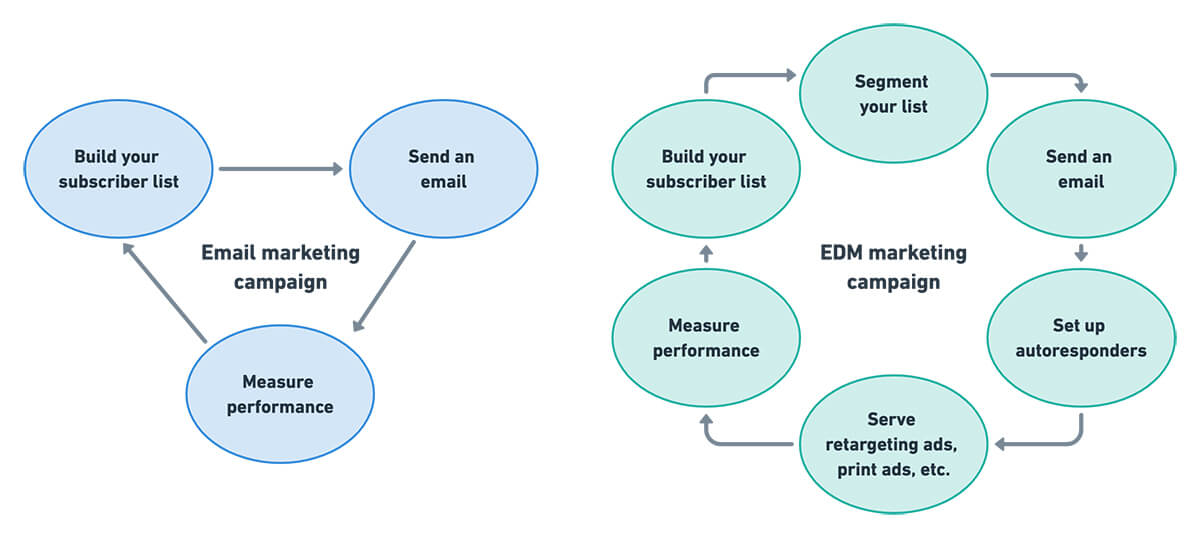
These supporting marketing campaigns build on the message that was first sent out in the email and each works as one of the many needed brand touchpoints that will help to convert prospects into customers, and one-time customers into repeat customers.
The marketing Rule of Seven states that a potential customer needs to “see or hear your marketing message at least seven times before they take action and buy from you.”
An EDM marketing campaign helps you reach those seven touchpoints by creating a comprehensive marketing strategy that goes beyond simple email communication as you do with email marketing.
EDM marketing campaign benefits
While a lot of the benefits of using EDM marketing are similar to those you get when using email marketing, the main difference is that multi-channel targeted campaigns generally show better results than standard email marketing campaigns
Saves time and costs
Both EDM and email marketing are extremely cost-effective – once you have your list, you can email them at quite a low cost based on a schedule you set out for your business. You can create beautiful emails using templates or the skills of an in-house design team at a fraction of the cost of creating a traditional mailer.
Time is also saved because you can do everything in-house without needing to turn to a printer or delivery service to get your message to your audience.
Builds trust and increases conversions
Being able to speak directly to your audience is one of the ways that a business can build trust with its customers – and email marketing is the most effective way to do this.
In fact, BCG study found that, for millennials, trusting a brand is second only to loyalty discounts in importance when choosing which companies to support. And a 2019 study by Edelman found that 62% of consumers are loyal to brands they trust, with another 51% stating that they would advocate for brands they trust.
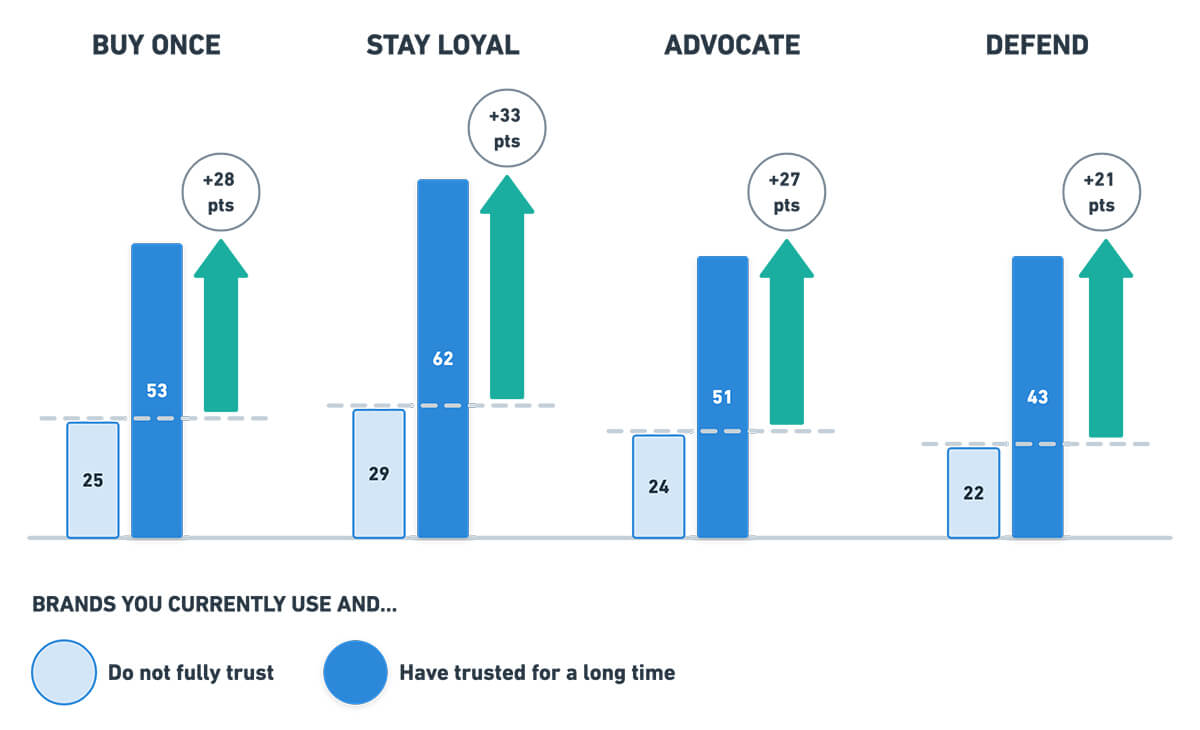
One of the greatest elements of EDM marketing is that you are working with a list of people who have given you their direct permission to contact them via email. They have opted-in to receive your communications, so you know that they are interested in hearing from you.
Because of this, they are more likely to engage with the content that your business sends. This allows you to build trust with your audience by sending them timely and engaging emails. And by building trust, you will be able to convert them into a paying customer.
Enables advanced personalization
EDM marketing campaigns give you the opportunity to highly personalize your email strategies based on how you segment your audience – more on that later!
Because of this, your business will be able to connect with your audience on a more authentic level, offering them information that is actually useful to them. No more sending out an email to a global audience promoting free shipping within the United States – with proper audience segmentation you can accurately address the different sections of your audience.
Traditional email marketing is all about gathering leads and trying to build a relationship with them, often with the help of a lead capture software. EDM marketing takes it one step further and tries to leverage the valuable information you have already collected to improve how you market to your target audience members. Personalized communications are just one way to improve the customer relationship.

Build an electronic direct mail marketing campaign in 7 steps
If you’re ready to implement an EDM marketing campaign, you’re in luck – they start quite simply, and then expand as time goes on. There are 7 steps to implement EDM marketing in your business, and the process starts much like a simple email marketing campaign.
Step 1: Choose an email service provider
If you already have an email service provider (ESP) of choice, then you’re ready to move to Step 2 – congrats! If this is the first time you are implementing any kind of email marketing in your business, you’re going to need to find an email platform that works for you.
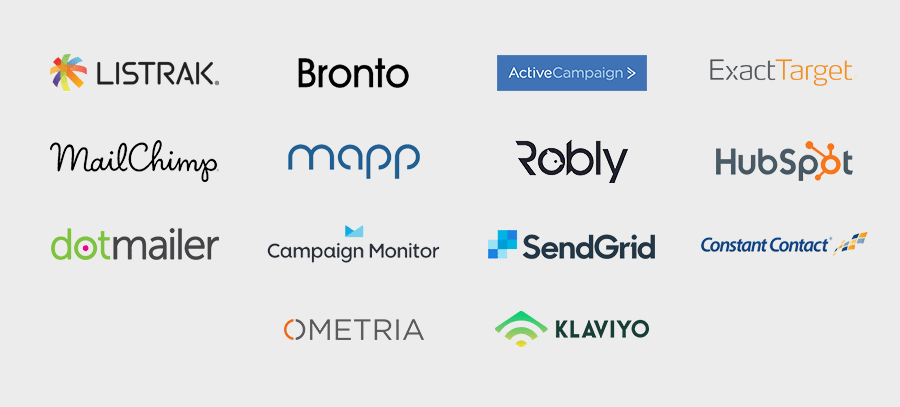
If you are implementing EDM marketing campaigns, we suggest moving away from a simple spreadsheet and investing in an email marketing software – features like list segmentation, autoresponders, automated workflows, and analytics alone make it worthwhile.
There are a lot of great options out there, and you will need to do a bit of testing to see what works best for you. Thankfully, most email marketing platforms offer you some kind of free trial – VerticalResponse gives you 60 days, while ActiveCampaign gives you 14 days and Constant Contact has a 30-day trial. Both MailChimp and Sendinblue have “free forever” plans with limited features for smaller list sizes.
You’ll want to ensure that whatever platform you choose, you have the ability to segment your list and to send automated email campaigns that are triggered by parameters that you establish.
Step 2: Build your list
The success of any email or EDM marketing campaign lies with your list of leads. You want to ensure that the names on your database are legitimate and that you are consistently cleaning your list (most software can help you with this!).
If you’ve been in business for some time, you should consolidate all of your contacts into one list. Pull contacts from email accounts, your eCommerce and CRM platforms, and your existing email list.
If you’re building your list from scratch, you’ll need to spend some time coming up with an email list building strategy. There are many email list building tools on the market that can help you turn more website visitors into subscribers.
- Create a lead magnet – A 30-day trial, a 10% discount code, an interactive quiz – all of these work well in enticing your audience to sign up.
- Offer multiple ways for your audience to sign up – Use lead capture forms, embed forms in your content, implement floating action buttons, and more to effectively collect email addresses on your website.
- Have a dedicated page for lead capture – Create a strong lead capture page and link to it from your social media profiles, ads, marketing collateral, etc.
- Don’t forget offline – You can use your physical stores and other physical presence to get people’s emails into your database.
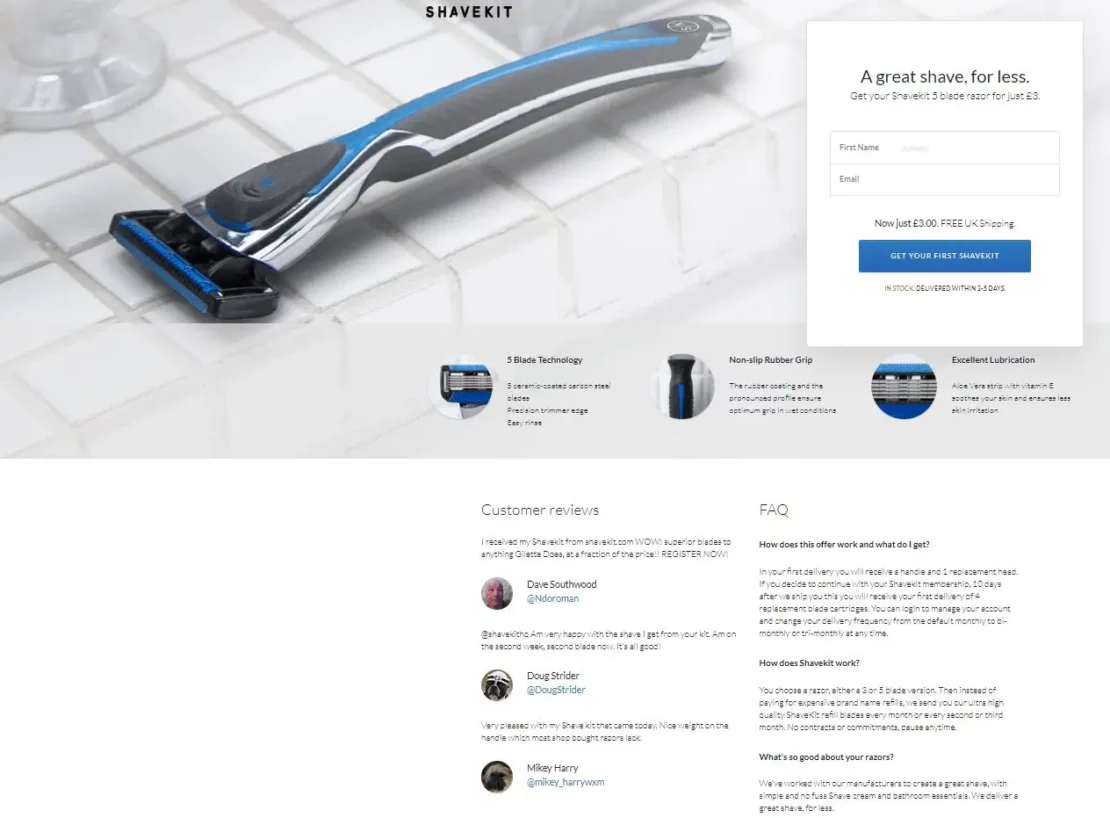
When building an email list at scale, there are some best practices you can follow to help improve the effectiveness of your strategies. Here are the key ones:
- Laser-focus your targeting – If you are an eCommerce store that sells cookware to avid bakers, it doesn’t make sense to target people who only show interest in dining out.
- Choose your triggers carefully – Consider the different times that your lead capture form can trigger: In exit, on timer, on scroll, on inactivity, etc. Determine how you can layer them to effectively capture the most leads.
- Personalize when you can – This is an opportunity to segment your list even further and deliver a personalized experience that will resonate with your audience. Use dropdown menus and radio buttons to gather additional data on your subscribers.
- Limit the use of CTAs – Instead of overwhelming visitors with too many calls-to-action, limit how many CTAs you have on a page or on a form. This will definitely lead to more conversions.
- Be transparent about your intentions – Be clear about what information you are asking for, why you’re asking for it, and how it will be used.
- Keep your forms simple – In general, the longer the form, the fewer submissions you’ll receive. So keep your forms as short and simple as possible.
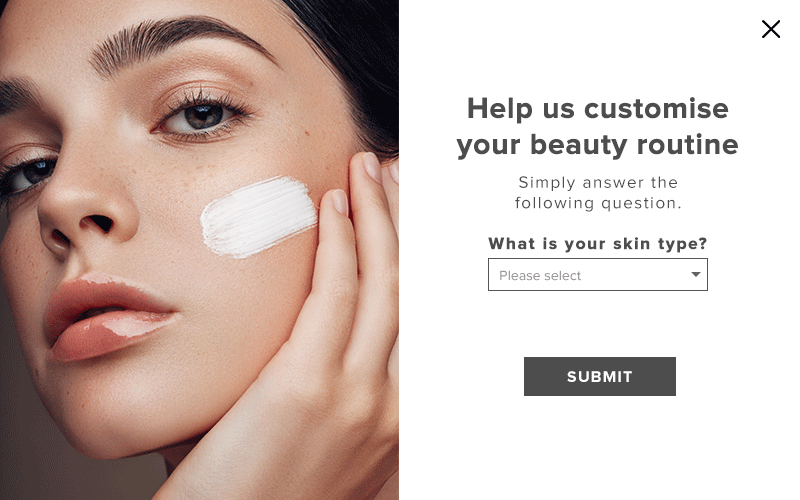
Step 3: Segment your list
Once you’ve built your list, it’s time to start segmenting. To be able to send your subscribers the most targeted, applicable content for them, you need to segment your list accordingly. If you are having a sale on women’s dresses, it doesn’t make sense to inform your male subscribers.
How you segment your list will depend on your objectives and the information that you have collected from your audience. There are four types of segmentation you can apply:
- Demographic
- Psychographic
- Geographical
- Behavioral

Demographic segmentation is the “who” of market segmentation. It looks at identifiable non-character traits like Age, Gender, Ethnicity, and more. For example, demographic segmentation might target customers based on their income, so your marketing budget is wasted on targeting people who cannot likely afford your products.
Psychographic segmentation is the “why” of market segmentation. It looks at your customers’ personalities and interests like Hobbies, Life goals, etc. It can be harder to identify this set of demographics, but they can be incredibly valuable in your marketing efforts.
Geographic segmentation is the “where” of market segmentation. It is incredibly easy to group your customers via physical location and it can be done in several ways: Country, Region, City, Postal code.
Behavioral segmentation is the “how” of market segmentation. It may be the most useful of all for eCommerce businesses. It does need some data to support it but most of this can be found on your website. The segments available include Spending habits, Browsing habits, Loyalty to brand, and more.
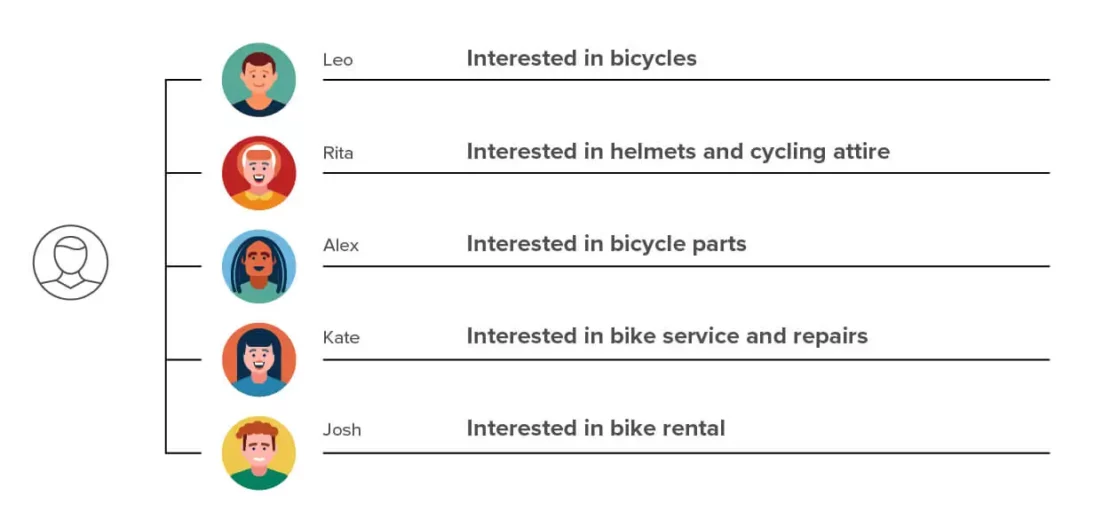
Segmenting your list lets you address your customers’ needs, market directly to them, and send effective emails every time. It’s integral to an EDM marketing strategy.
Step 4: Create your email campaign
This is it! You’re ready to create your campaign and send an email to your list. Depending on which email platform you went with, the steps to create your campaign will differ slightly. But there are some key email marketing tips you can use when building your campaign:
- Ditch the technical jargon – Speak directly to your audience in a language they can relate to.
- Make your emails pop with visuals – Break up large blocks of texts with images.
- Write a catchy subject line – Your subject line is the most important part of your email because it determines whether or not people see your email.
- Stick to your brand – Be consistent in your email design, tone of voice, sending intervals, etc.
- Don’t get sneaky with your unsubscribe button – Anti-spam laws are no joke, so be sure to have a visible unsubscribe button or link in the footer.
If you aren’t sure where to start when it comes to the types of email campaigns to send, these are great options for eCommerce businesses:
- Special offer announcements
- New arrivals / Product launches
- “We miss you” type emails to lapsed customers
- Holiday specials
- Re-orders / Back-in stock notifications
- Sale reminders
- Introduction to your brand and USPs
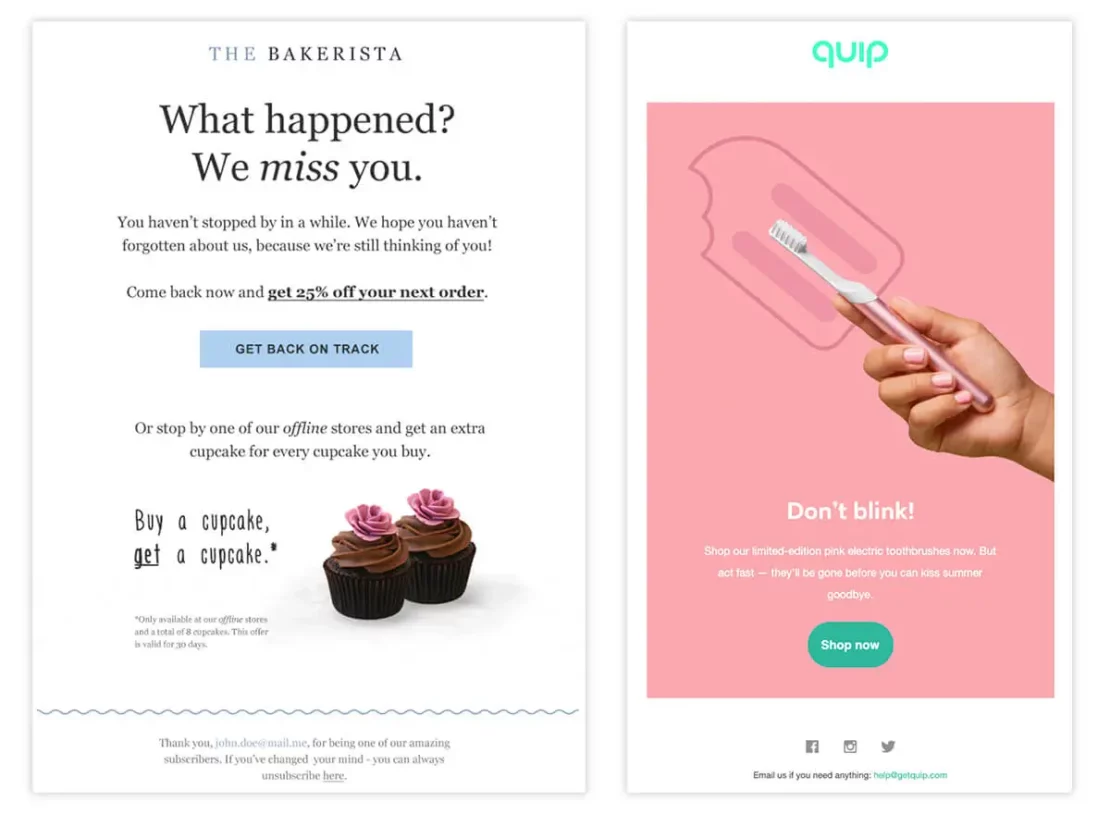
Step 5: Set up your autoresponders
Take advantage of autoresponders to help you automate your email communications. Autoresponders are emails that are sent automatically to your list based on the triggers you set within your email platform. Triggers can be:
- A specific action, like when someone opts into your list and a welcome email is sent.
- Timed release, like a week after signing up to your list, a discount code is sent.
If you’re looking for ways to include autoresponders in your EDM marketing campaign, try some of the following:
- A birthday greeting
- Bills, receipts, shipping confirmations, and other transactional emails
- Product recommendations
- Content built around visitor behavior on your eCommerce website
- Abandoned cart reminders
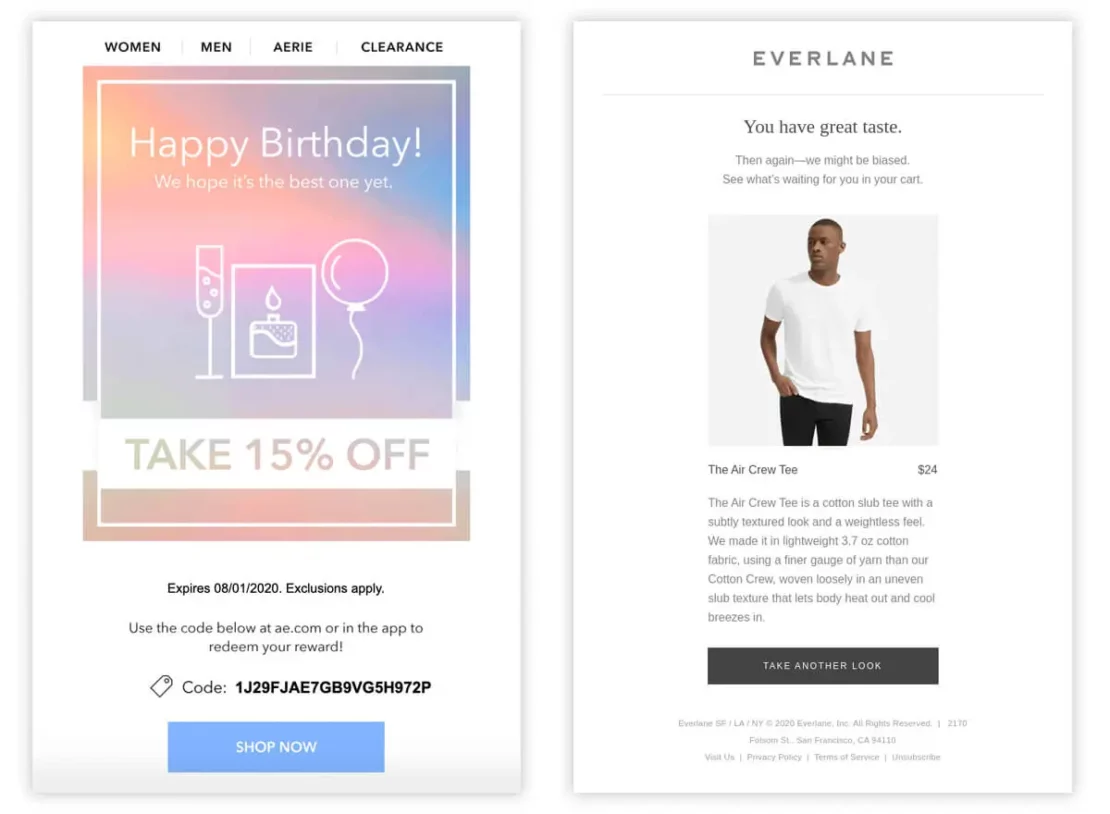
Step 6: Enable tracking
If you are running a marketing campaign of any kind, you must be tracking your results. Without analytics, you can’t fully understand how your campaigns are impacting your marketing objectives. Here are some of the key metrics you should be tracking for your EDM marketing campaign:
- Open rate – How many people open your email.
- Clickthrough rate (CTR) – How many people click on a link in your email.
- Click-to-open rate – Compares the number of unique clicks to unique opens.
- List growth rate – How many new people subscribe from your list.
- Email sharing rate – How many people are sharing your email.
- Unsubscribe rate – How many people unsubscribe from your list.
Most email platforms will be able to give you this information – coupled with Google Analytics, you should be able to track all the metrics you need to measure the success of your EDM marketing campaigns.
Step 7: Run complementary marketing campaigns
Depending on your goals, complement your electronic direct mail campaign with campaigns on other media channels, such as remarketing pay-per-click ads, social media posts, SMS remarketing, web push notifications, print advertising, or other offline strategies.
For example, if you’re promoting a new product launch and you’ve sent an email blast to your list, you can follow it up with targeted social media ads, SMS reminders on launch day, as well an advertisement in a magazine.
Let’s look at the “Back in Stock” email example from BLANQI, a nursing and maternity brand. BLANQI sent a promotional email to let their customers know that their popular Girl Shorts were back in stock.
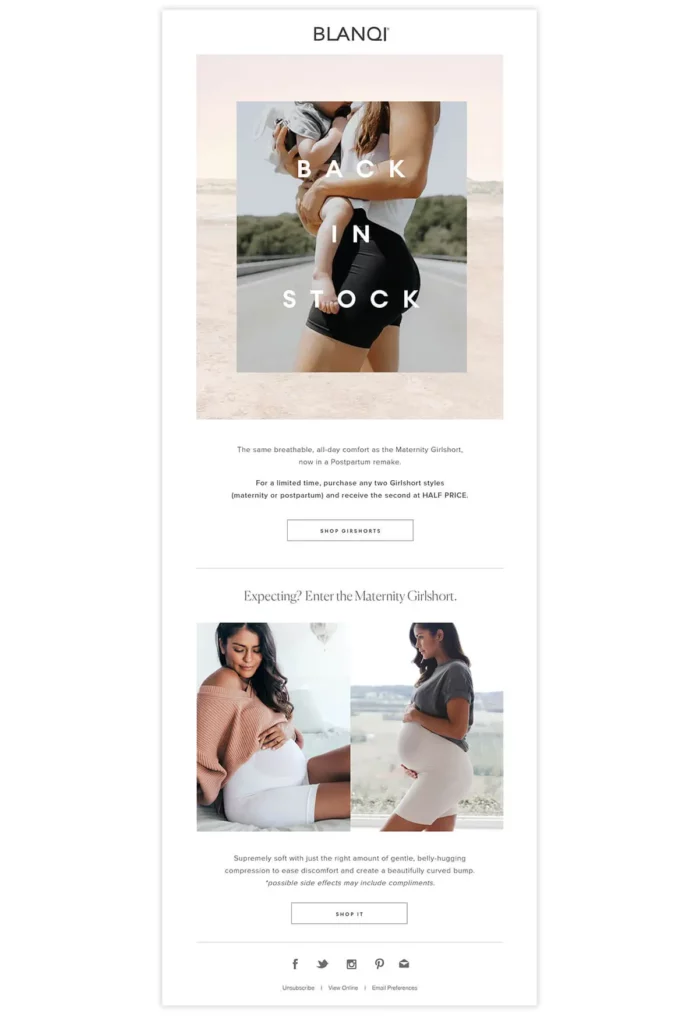
From there, BLANQI continued to adjust its eCommerce merchandising strategy and used a website hero image that promotes the Girl Shorts. It also served a “Welcome” lead capture overlay with radio buttons to be able to segment subscribers based on their needs.
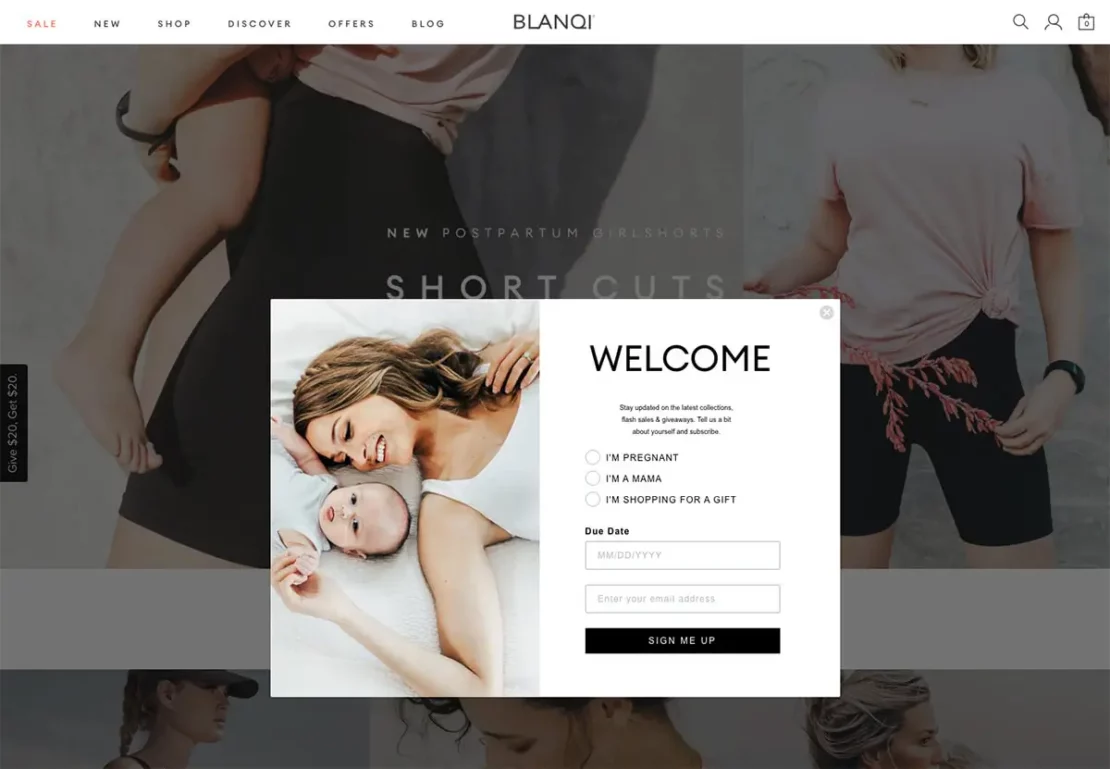
The brand also ran paid social media campaigns on Facebook and Instagram, as well as social media influencer sharing to get the word out.
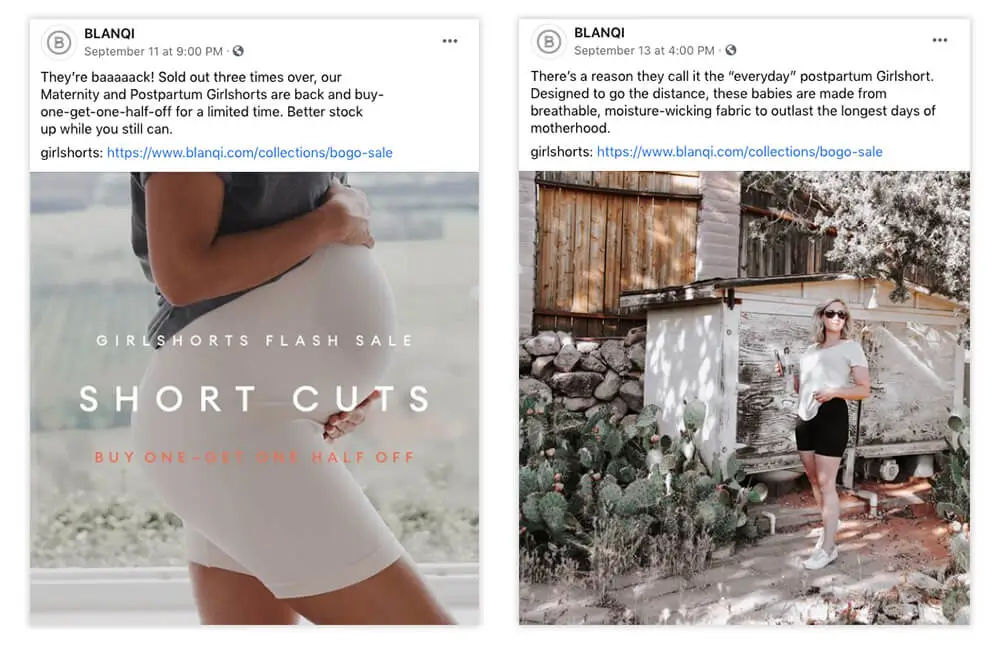
And finally, BLANQI sent out another email to subscribers who had shown interest in both postpartum and maternity clothing that highlighted some of the ways you can style the Girl Shorts.
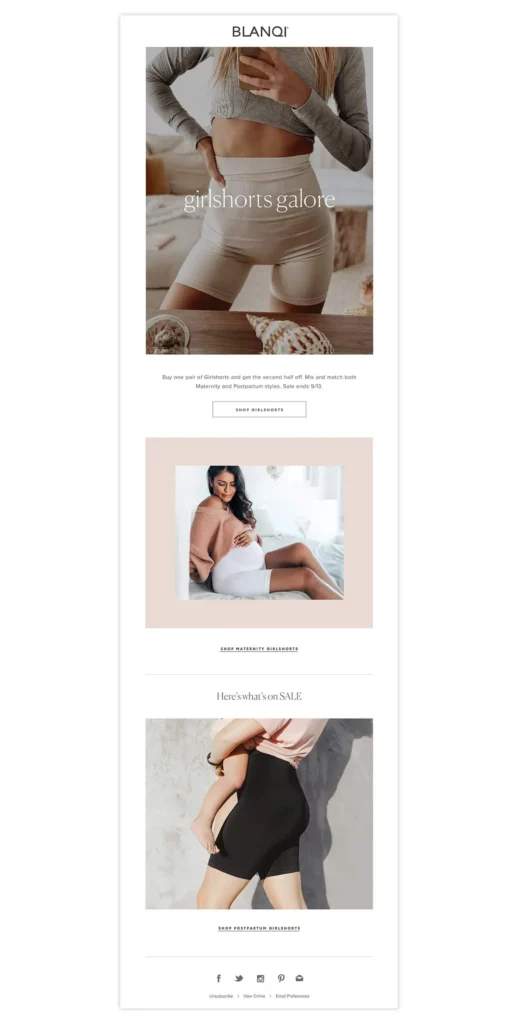
By creating these multiple touchpoints and segmenting their list so they are reaching their target audience, BLANQI ensures that their customers and potential customers are aware that the Girl Shorts are restocked and on sale.
You are creating multiple touchpoints where you know your audience will be so that you can reach them more than once. The email is just the starting point.
Build a personalized brand experience with EDM email marketing campaigns
EDM marketing is a continuous effort to build a personalized brand experience through your marketing. It is all about creating trust and building relationships that convert with your customers.
If you’re unsure of how to get started, feel free to connect with our team and we’ll be able to offer you tailored lead capture and email remarketing strategies to boost your revenue and customer loyalty.
EDM Marketing FAQs
EDM marketing is an acronym for Electronic Direct Mail marketing. It’s a marketing tactic used by companies to target a large group of potential customers and focuses on building relationships to increase overall sales.
Both EDM marketing and email marketing use emails to build a list and drive conversions. However, traditional email marketing mainly involves sending emails through a third-party provider in hopes that those emails convert customers. A fully-fledged EDM marketing campaign is much more complex. You may start with e-blasts but follows up with retargeting ads to capture those that have seen the email, a supporting social media campaign, and even billboards or printed ads in magazines.
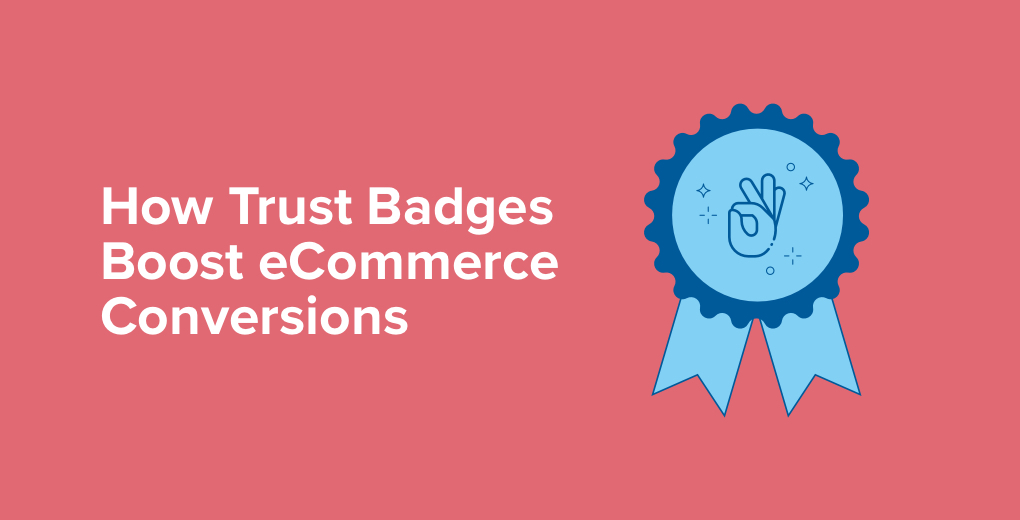
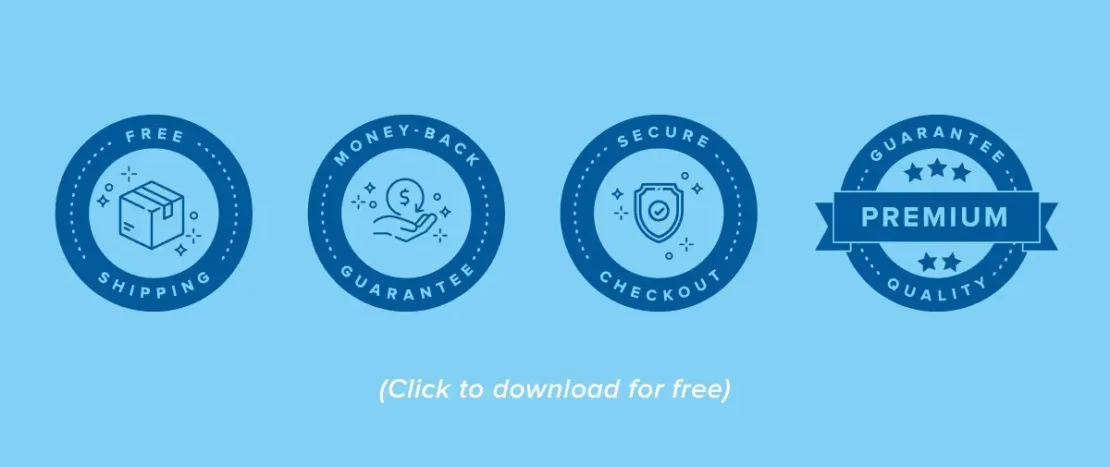






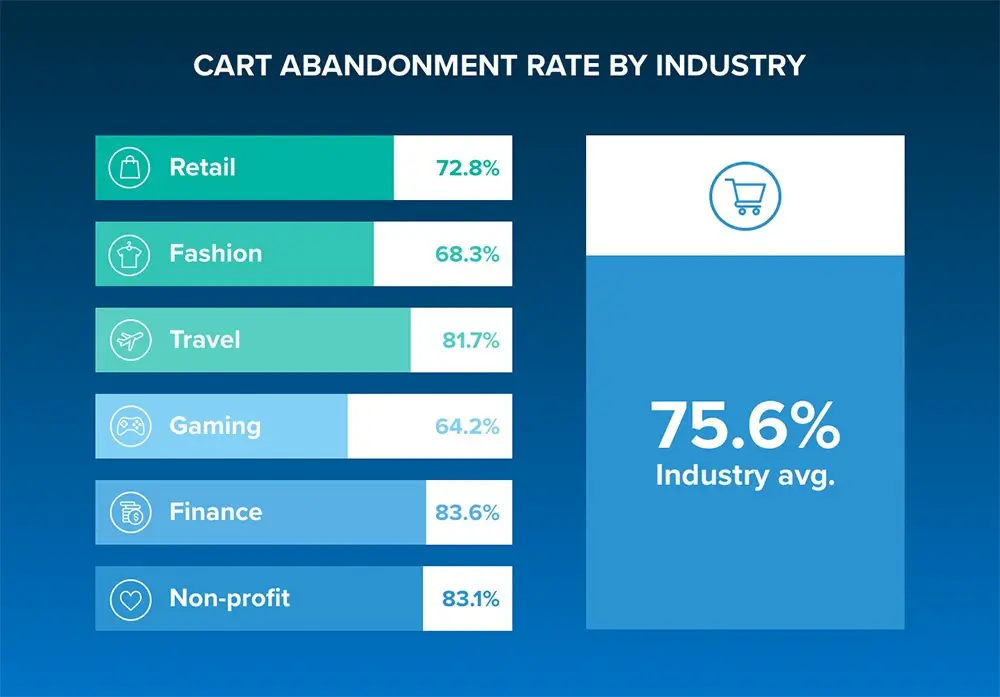
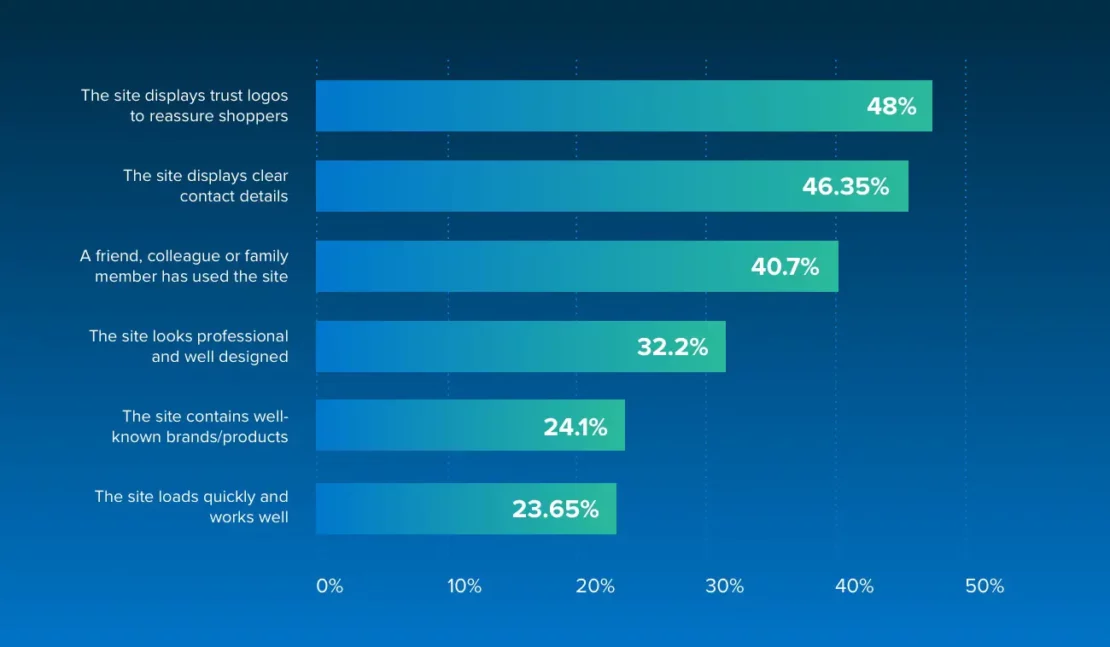
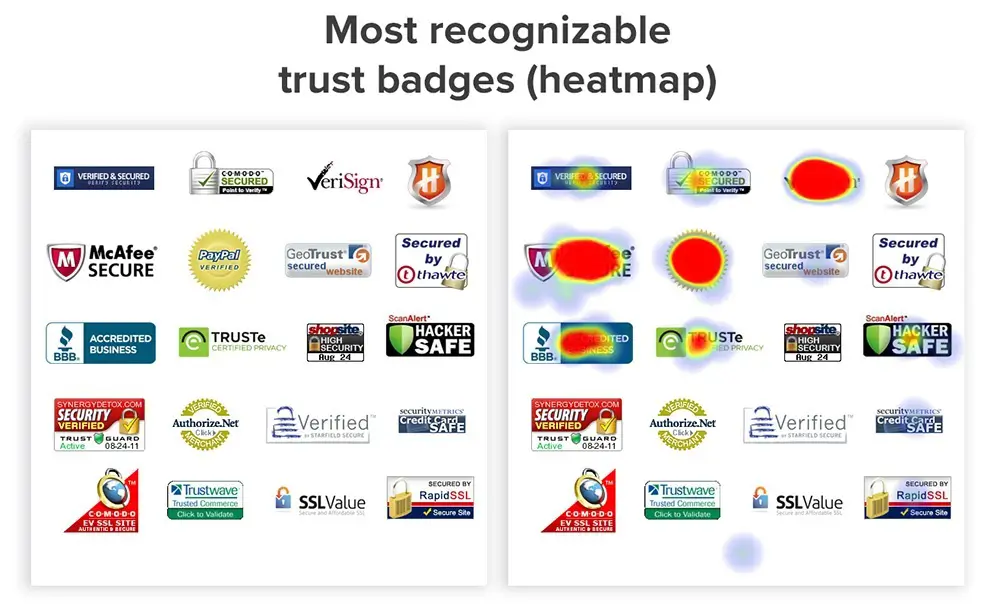
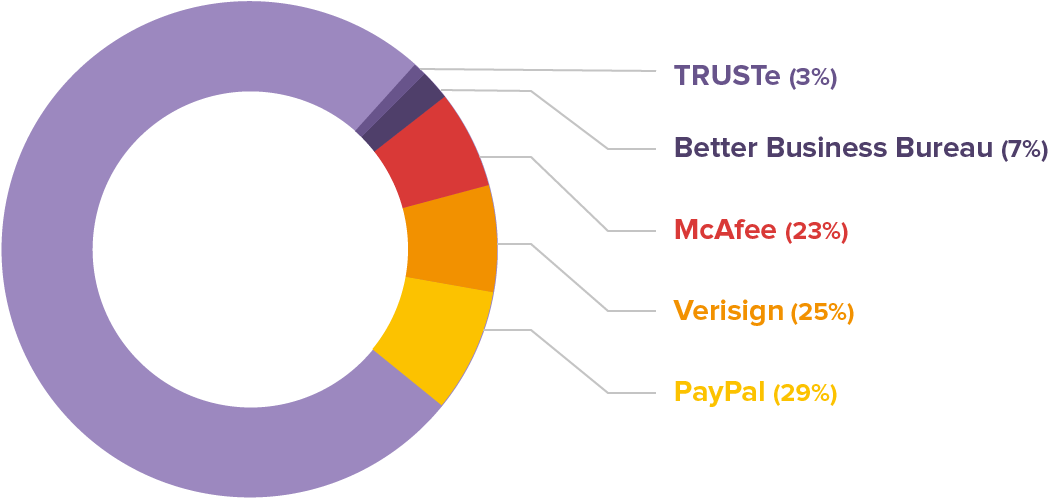
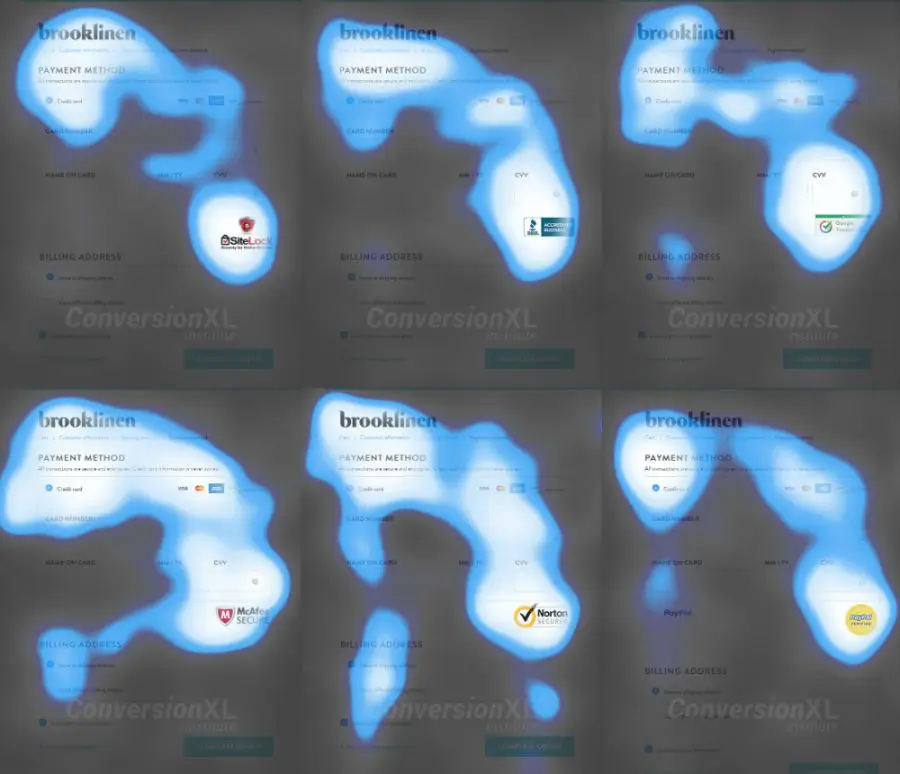
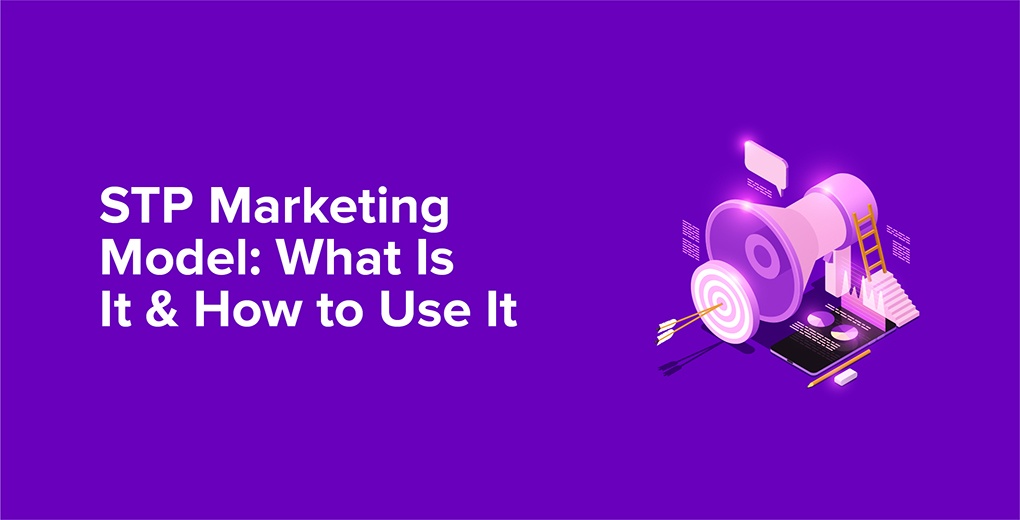
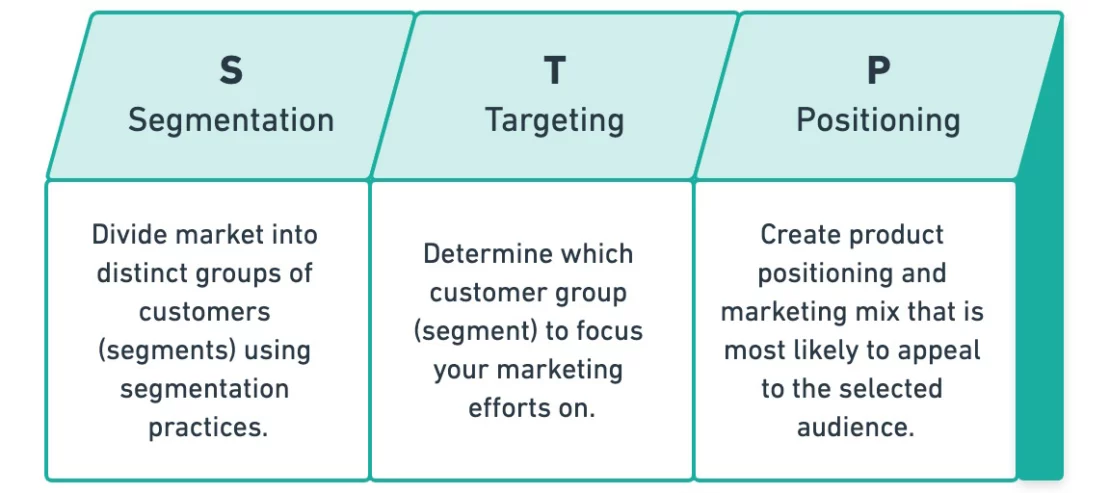
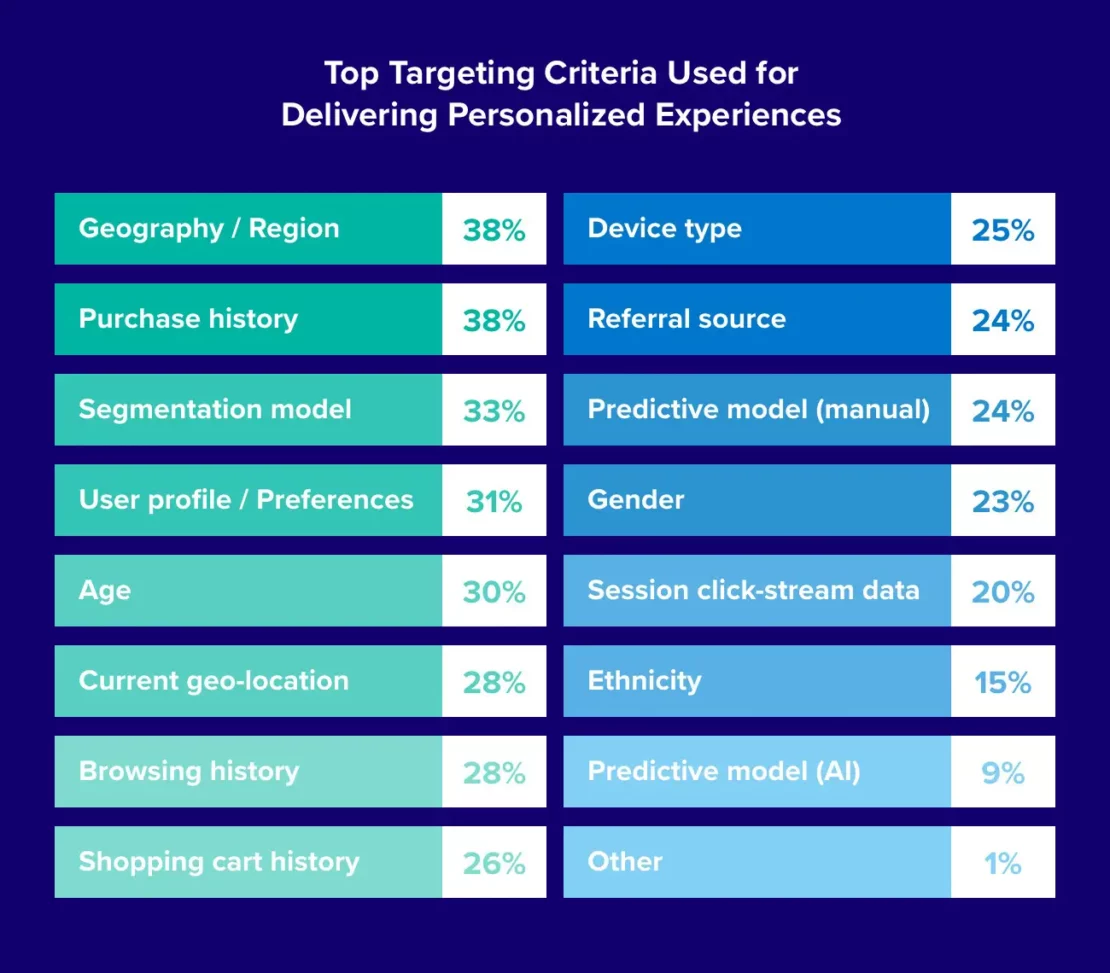
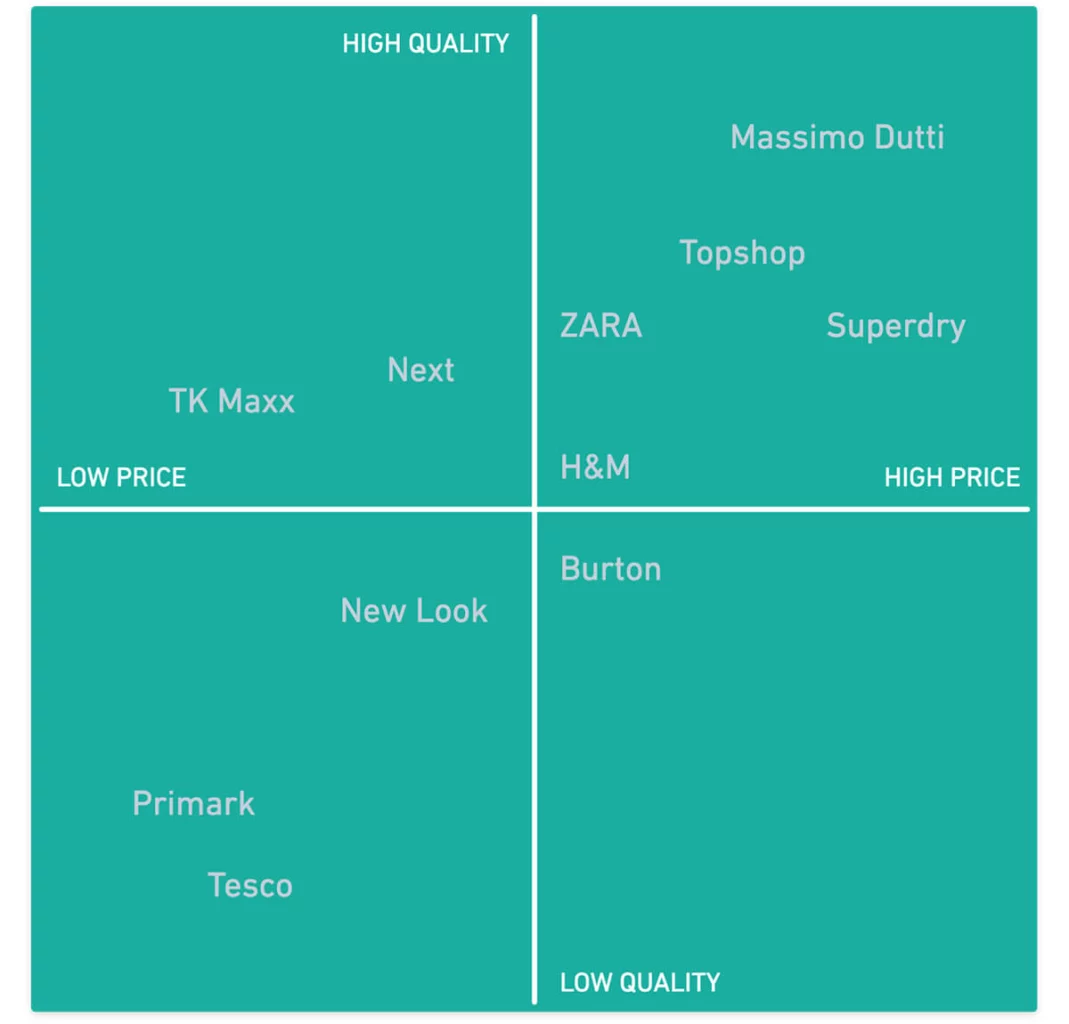
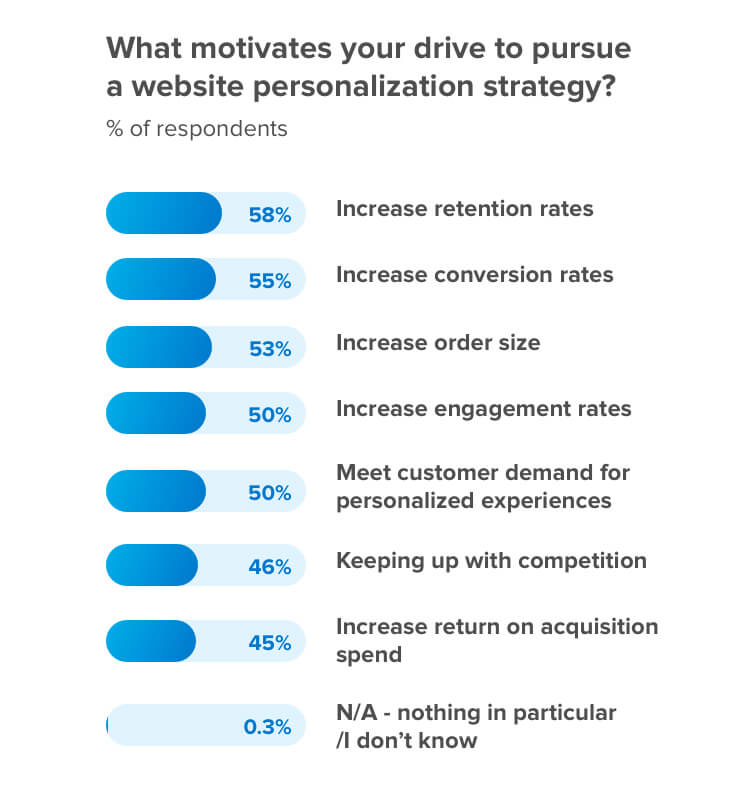
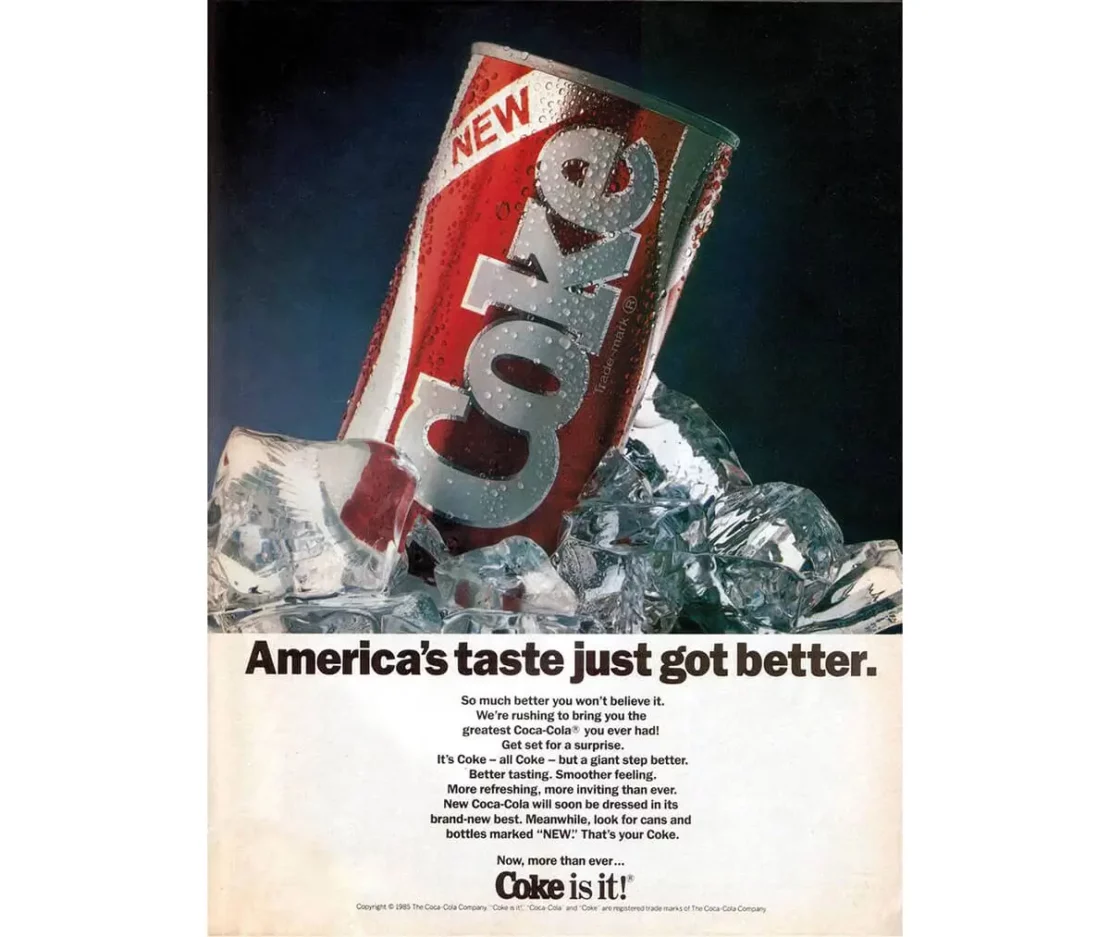
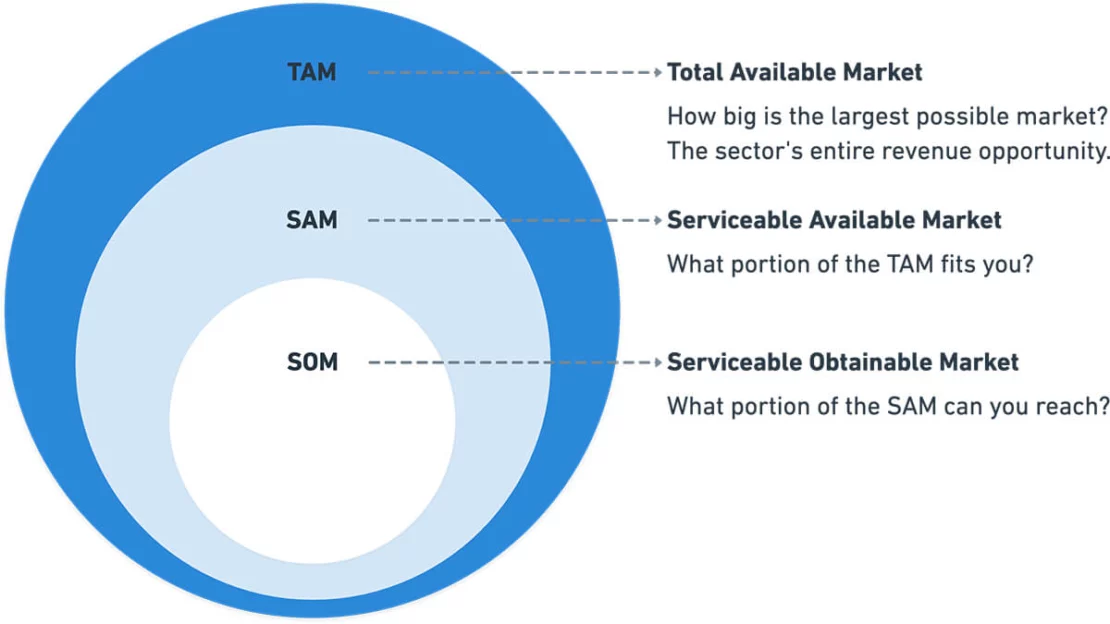
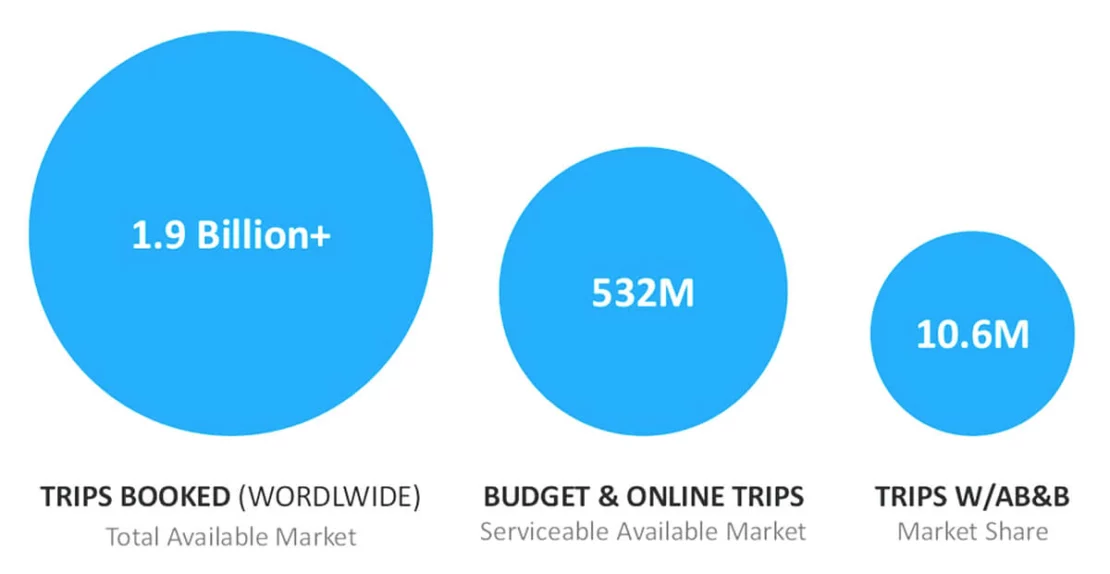
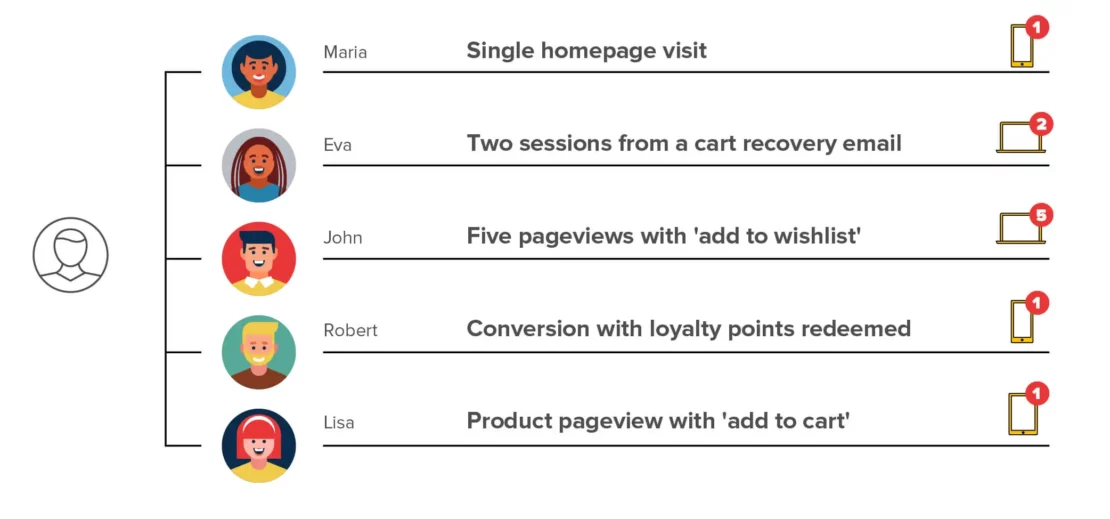
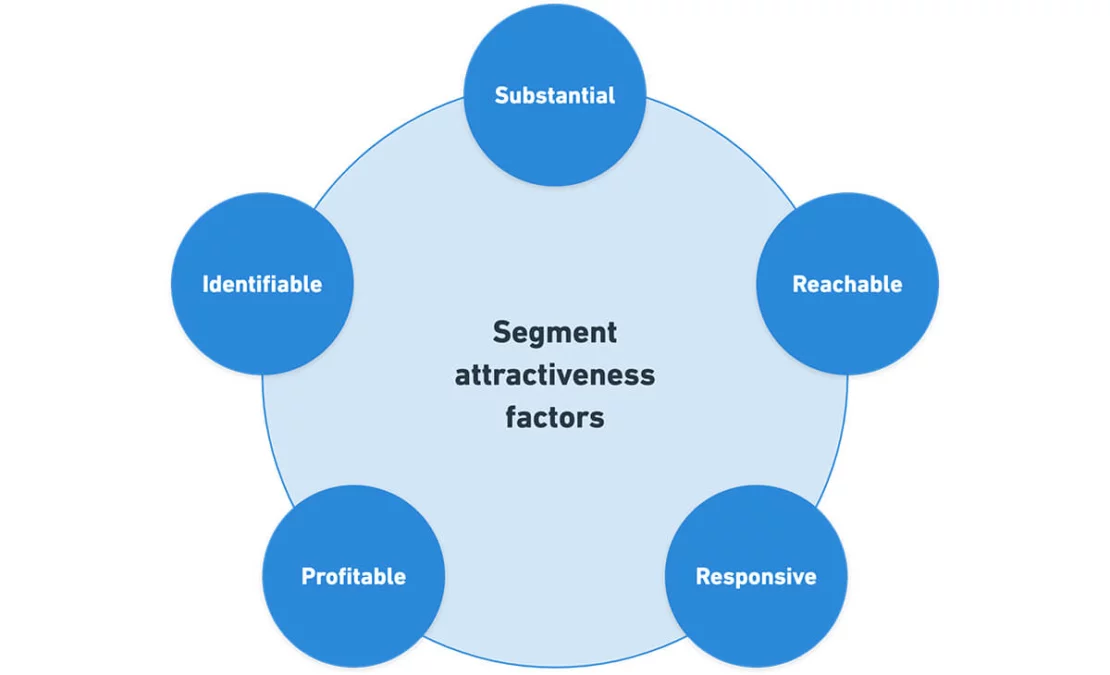
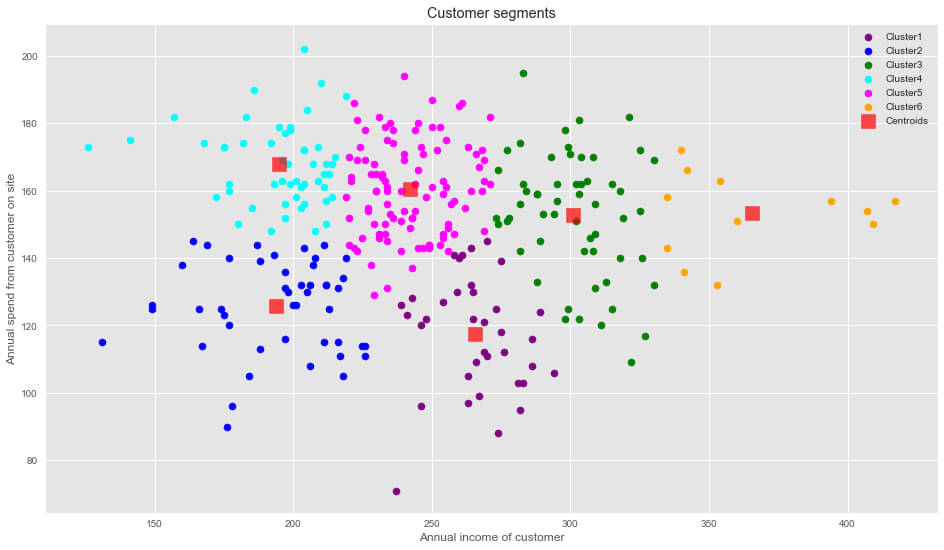
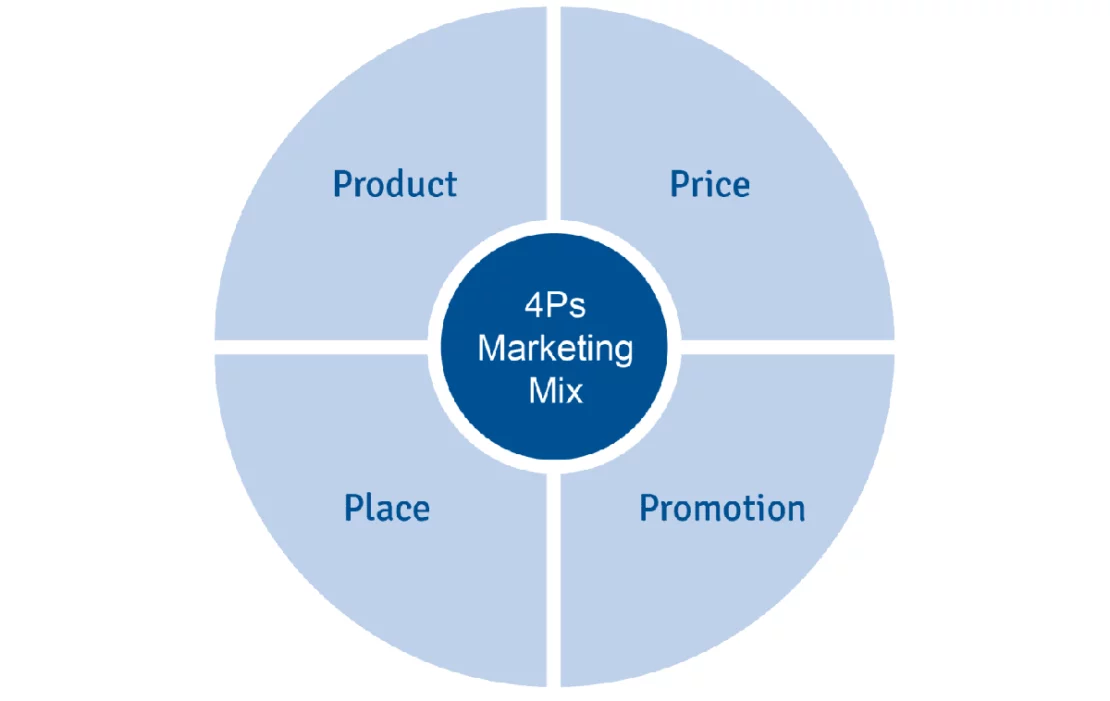
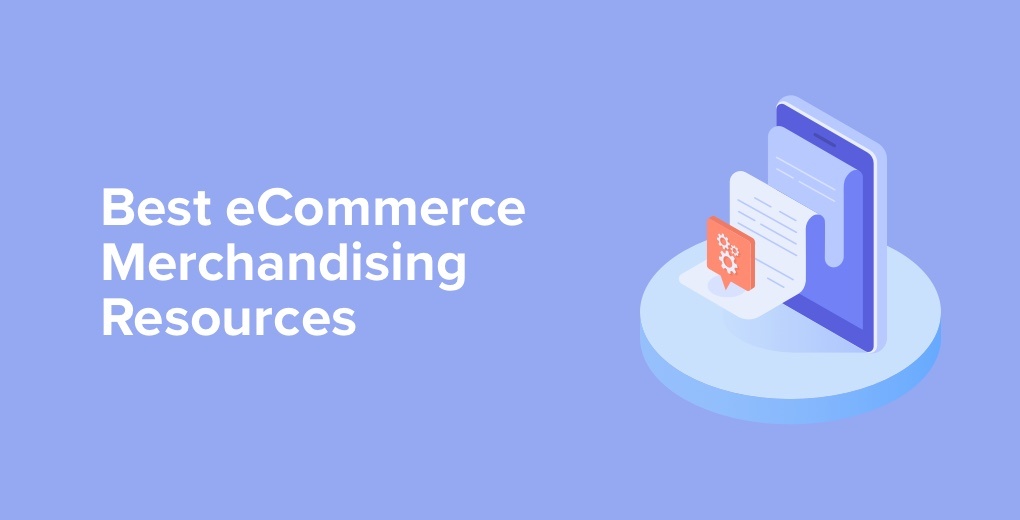
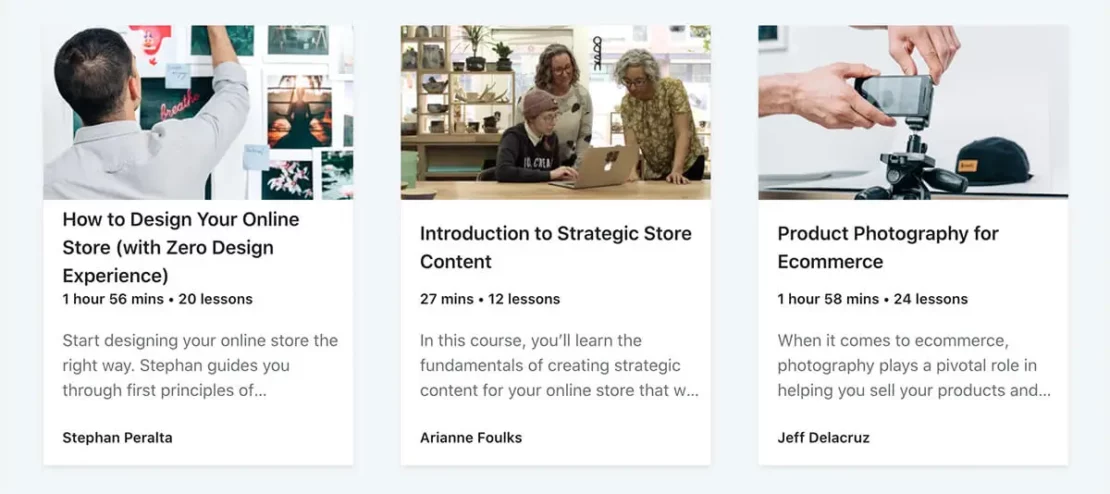

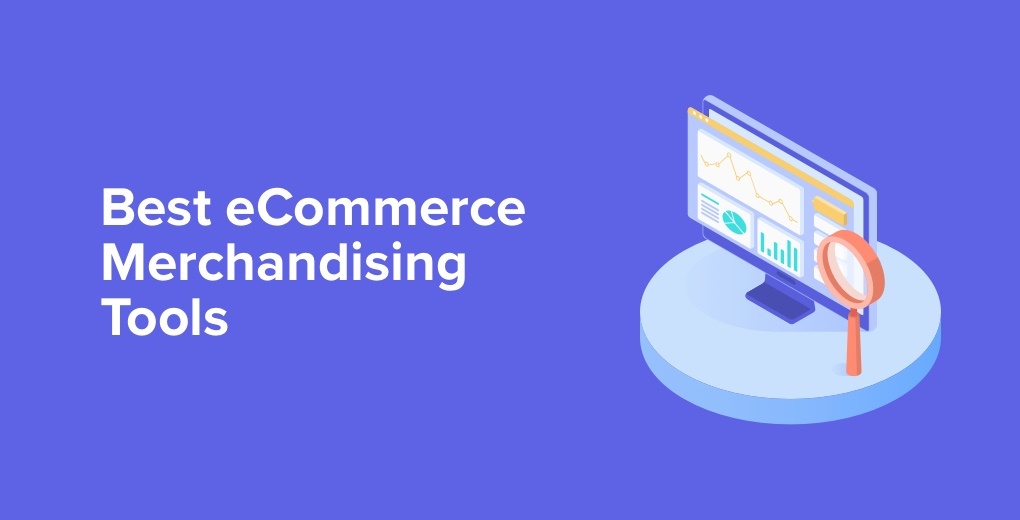
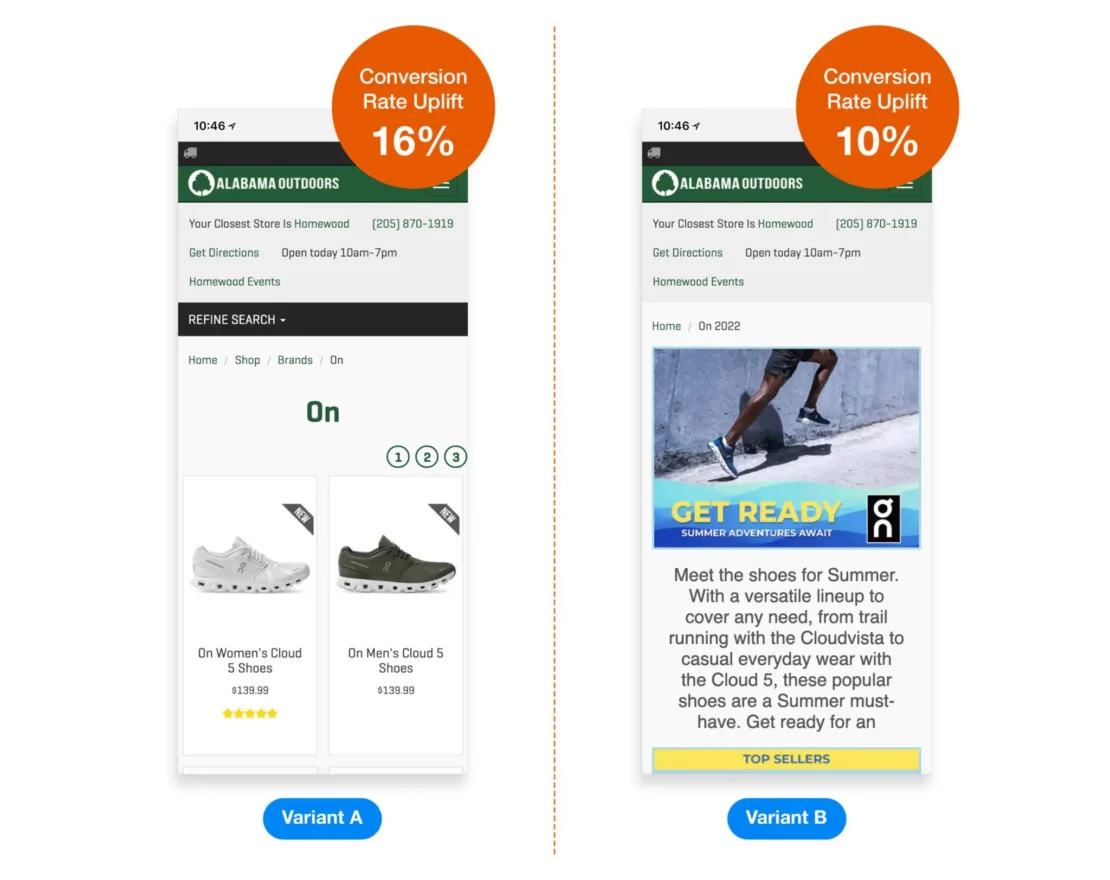
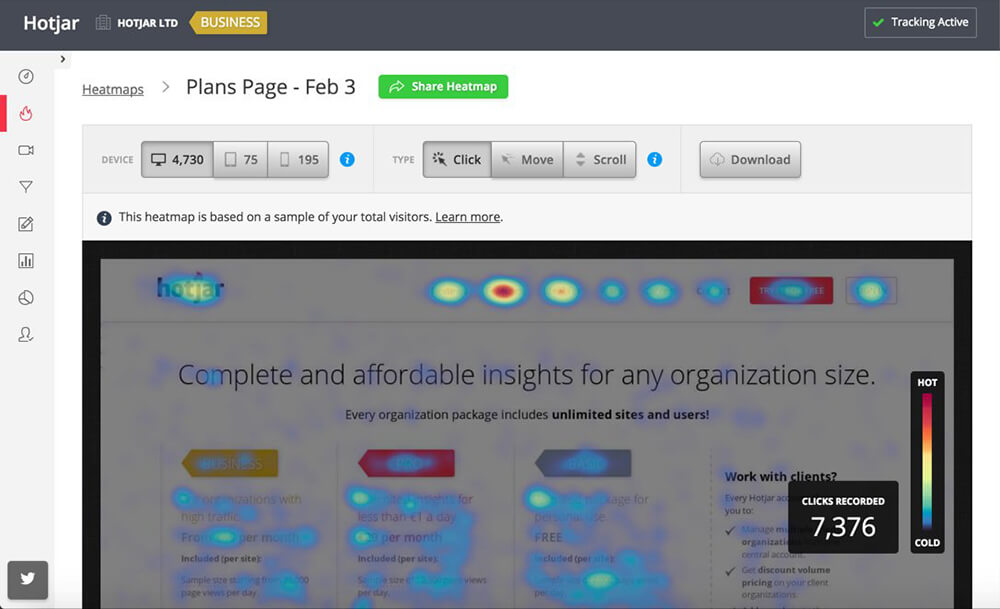
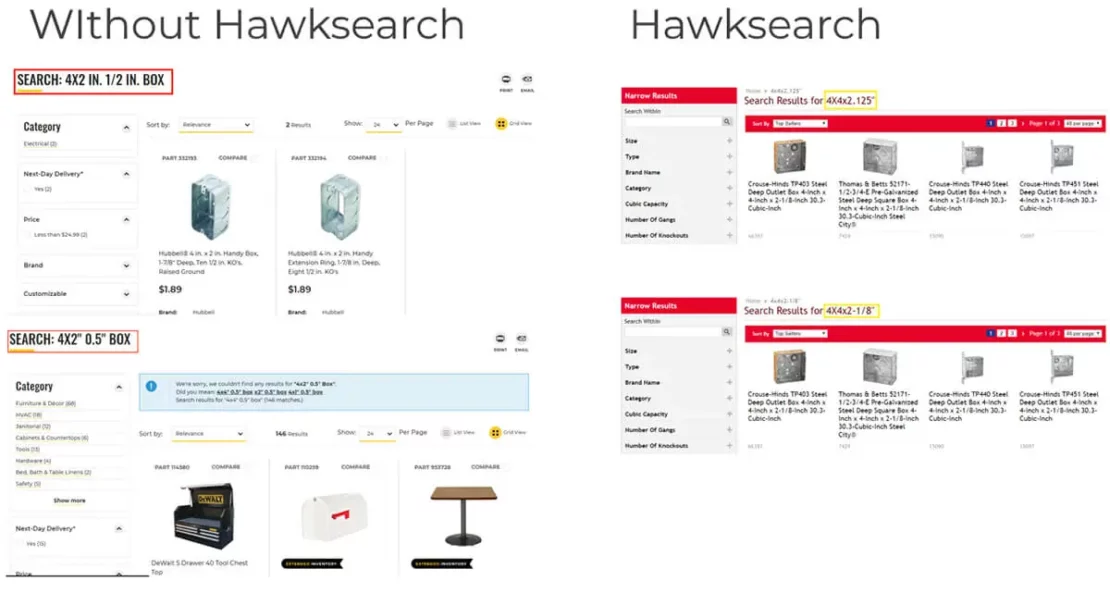
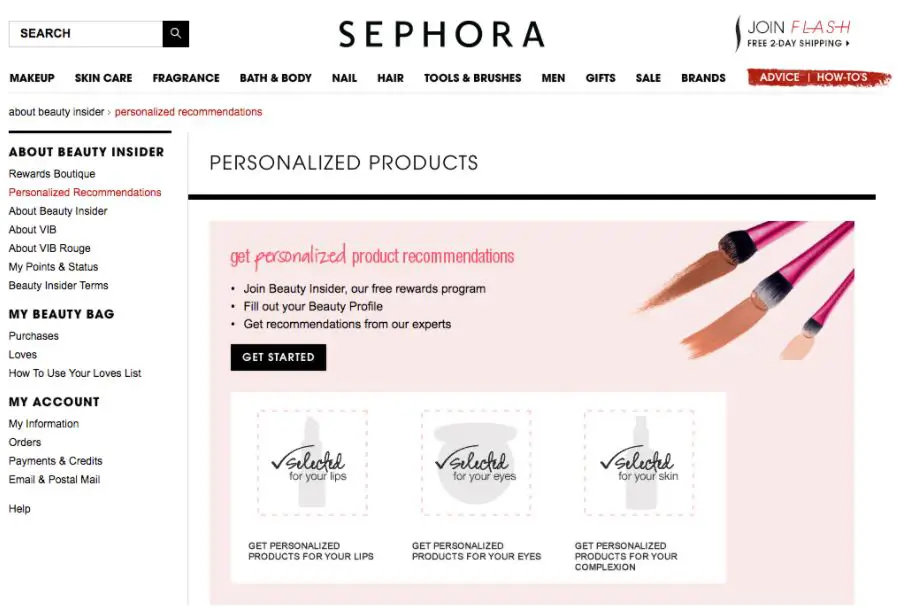

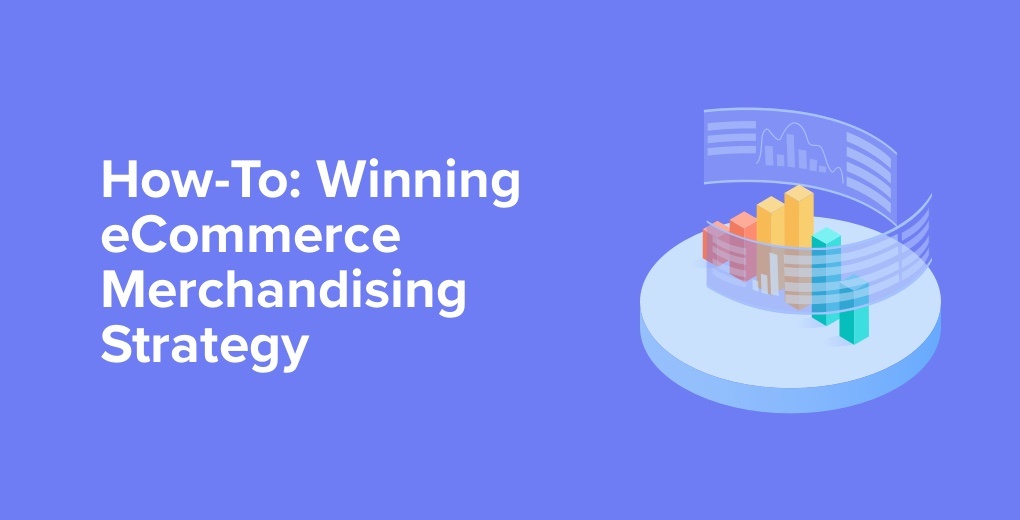
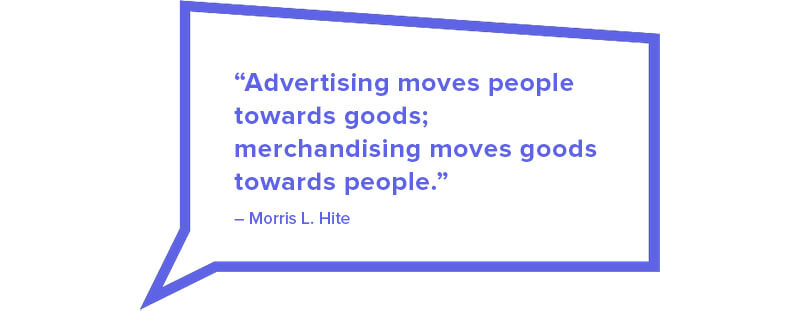
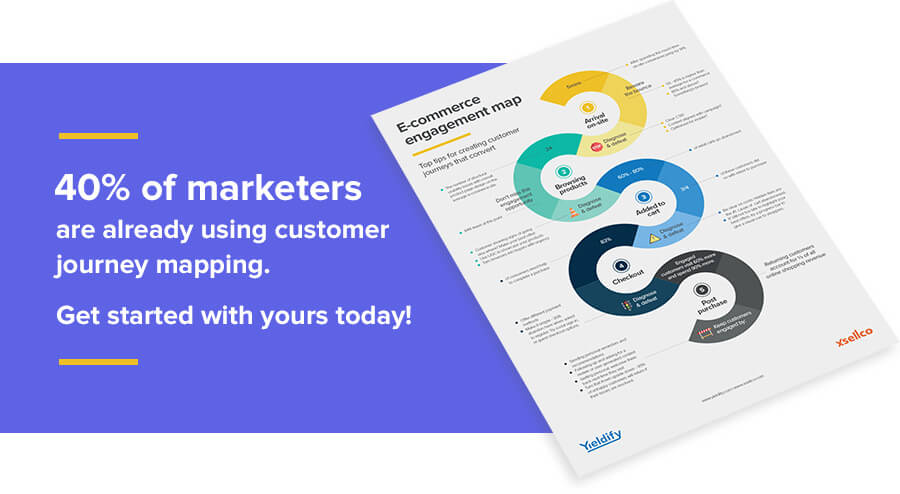
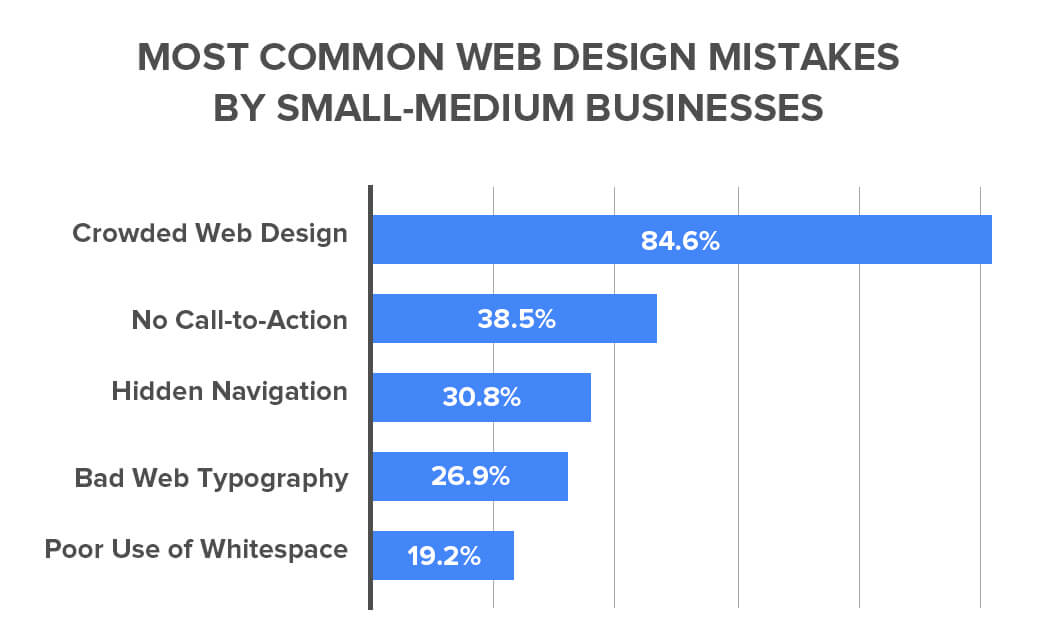
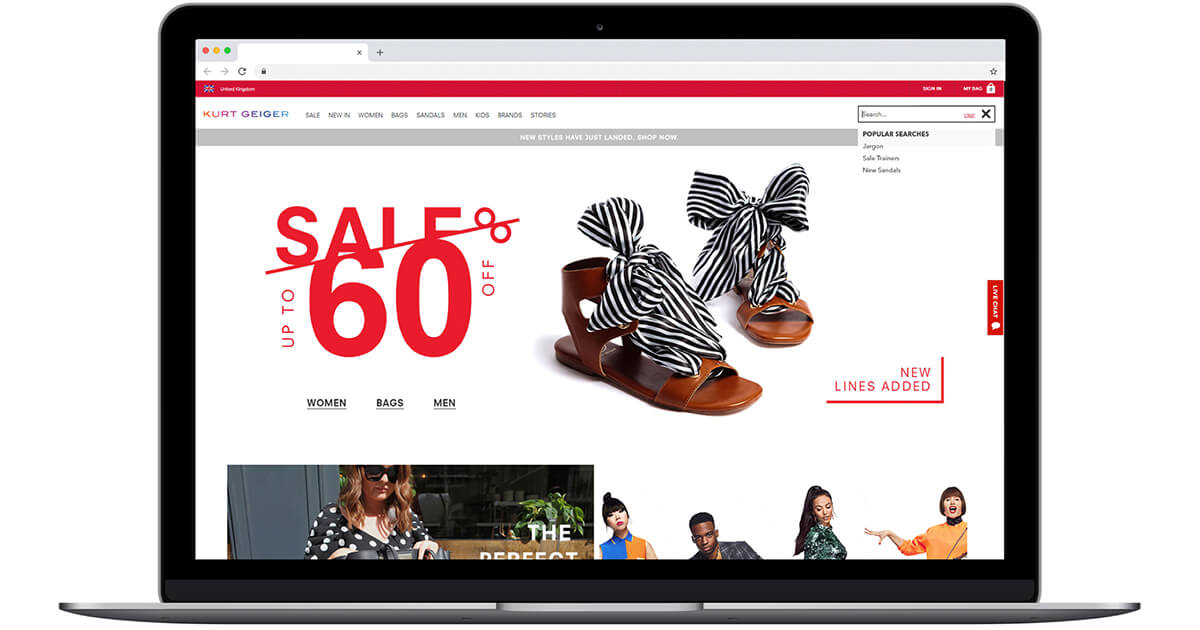
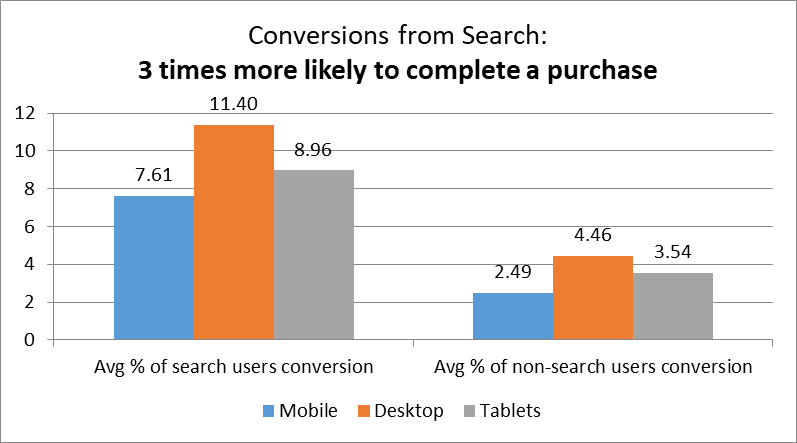
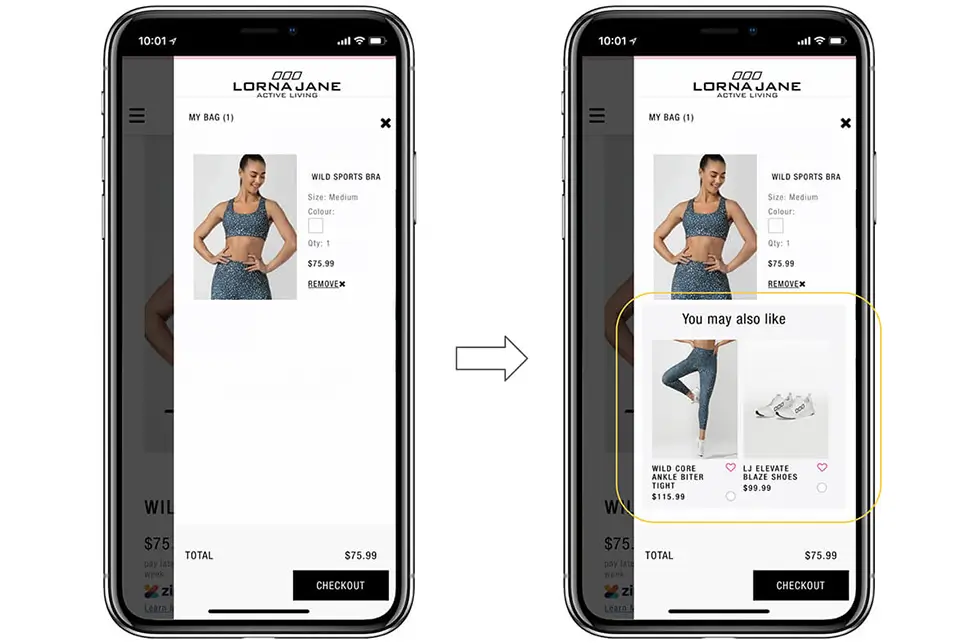
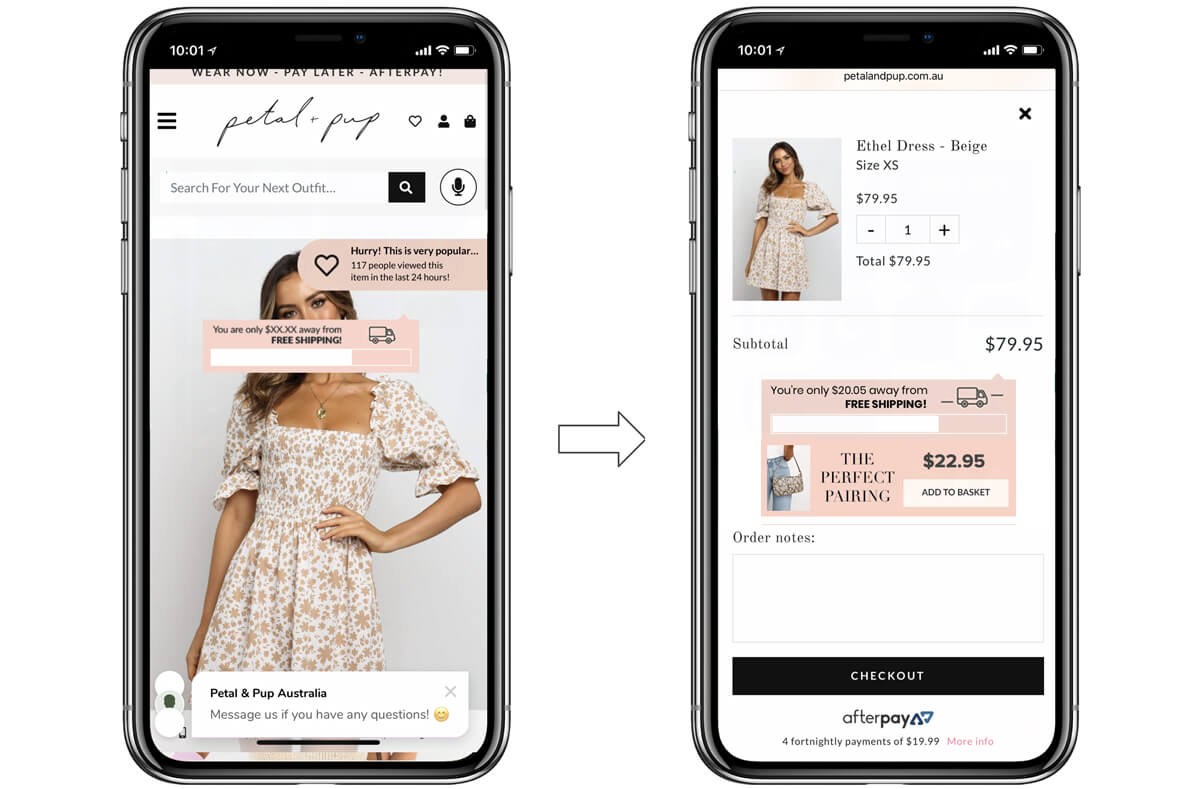
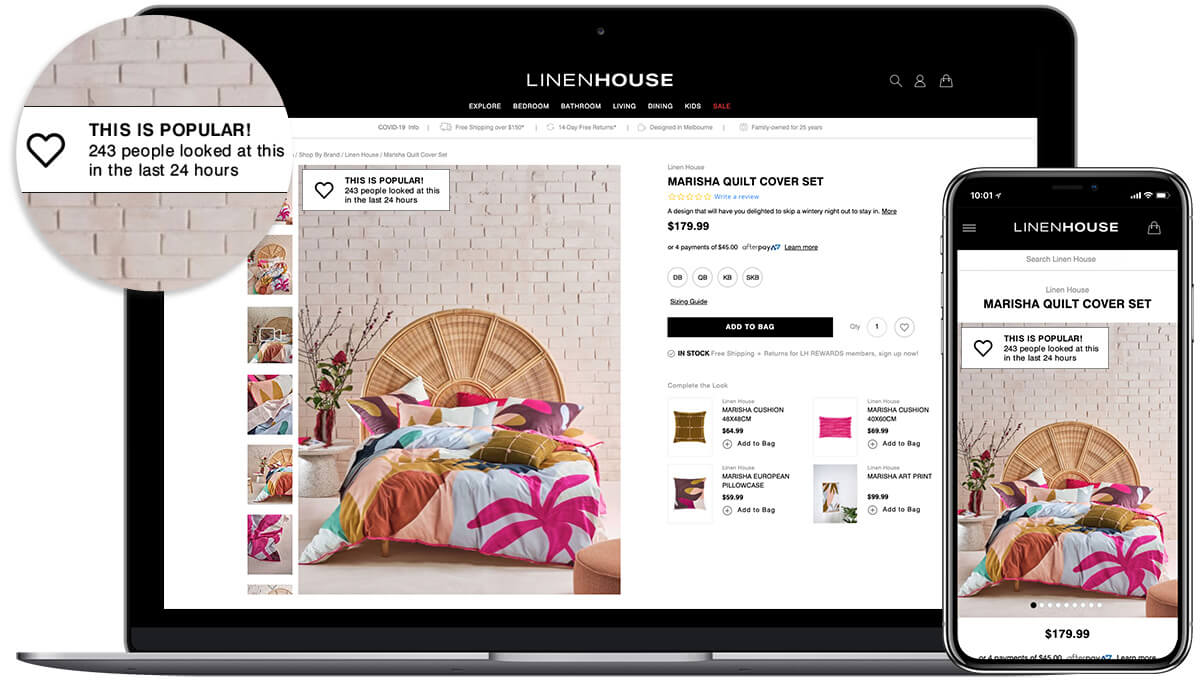
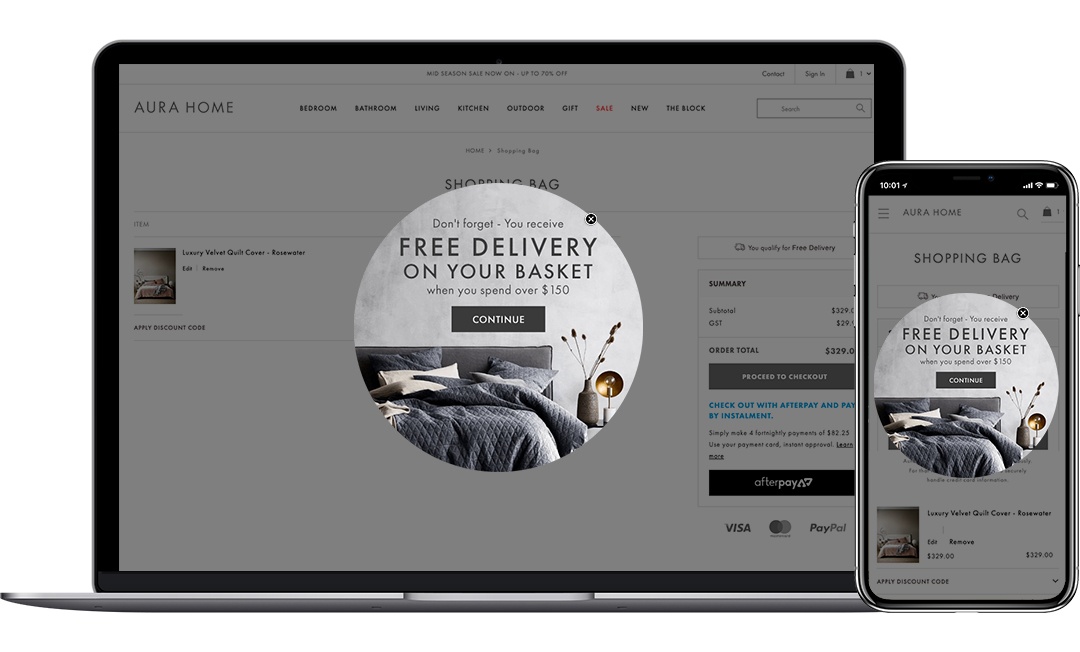
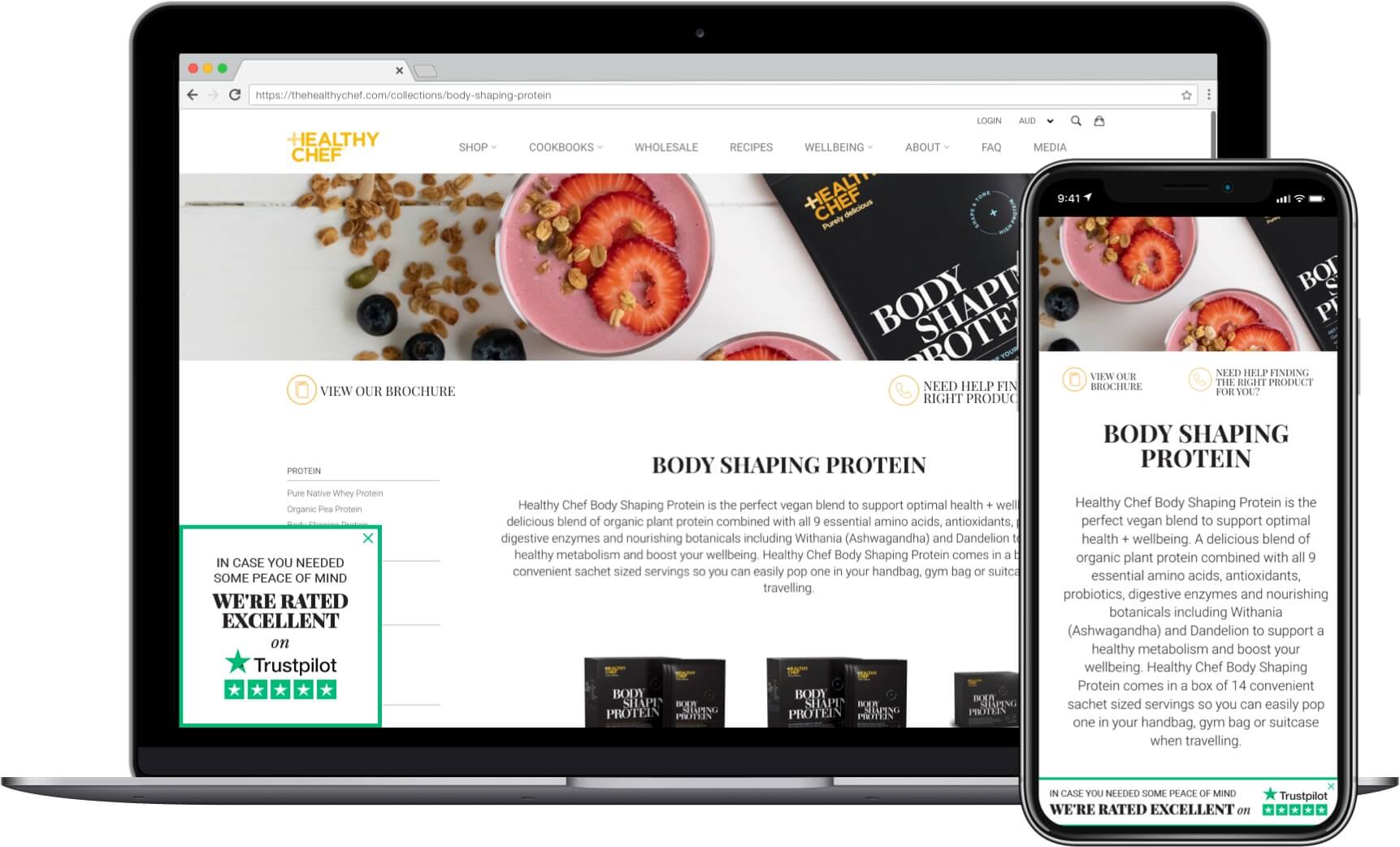
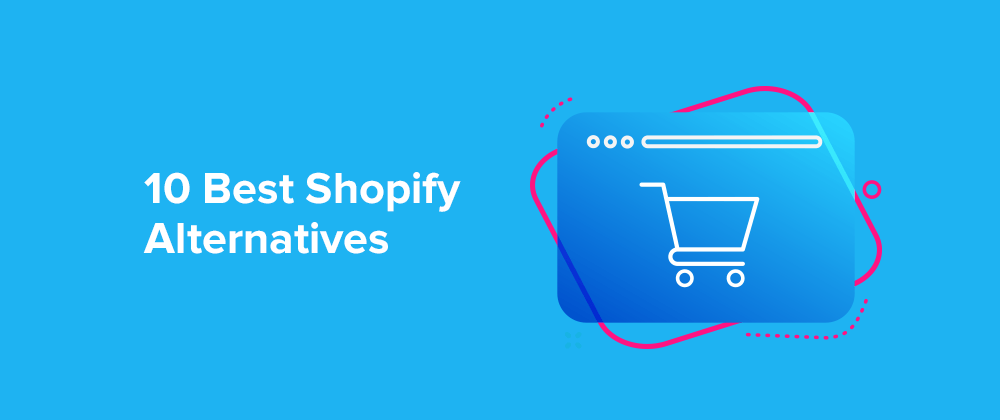
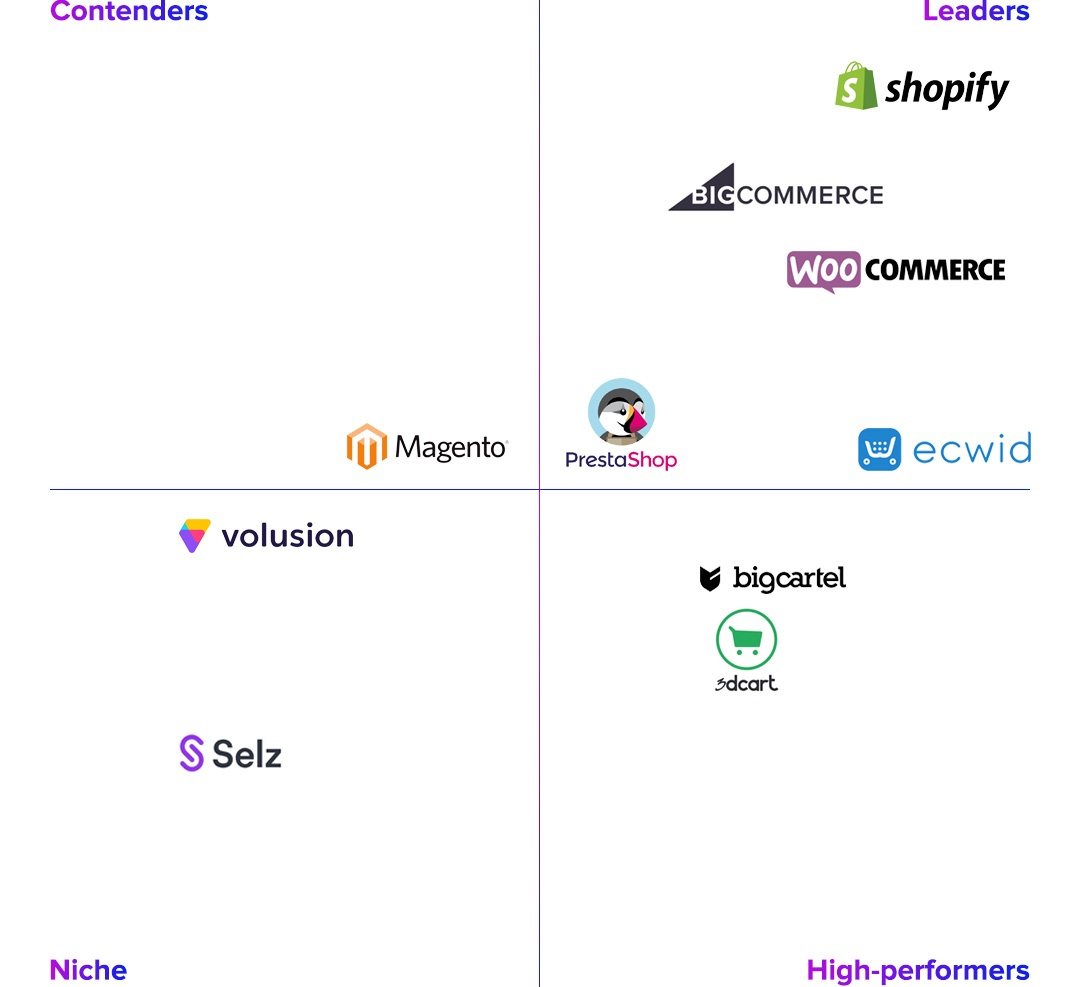
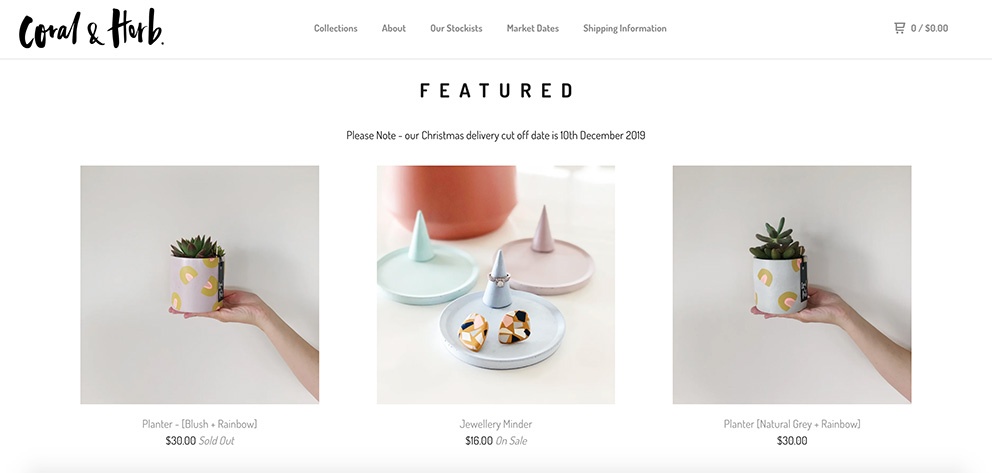
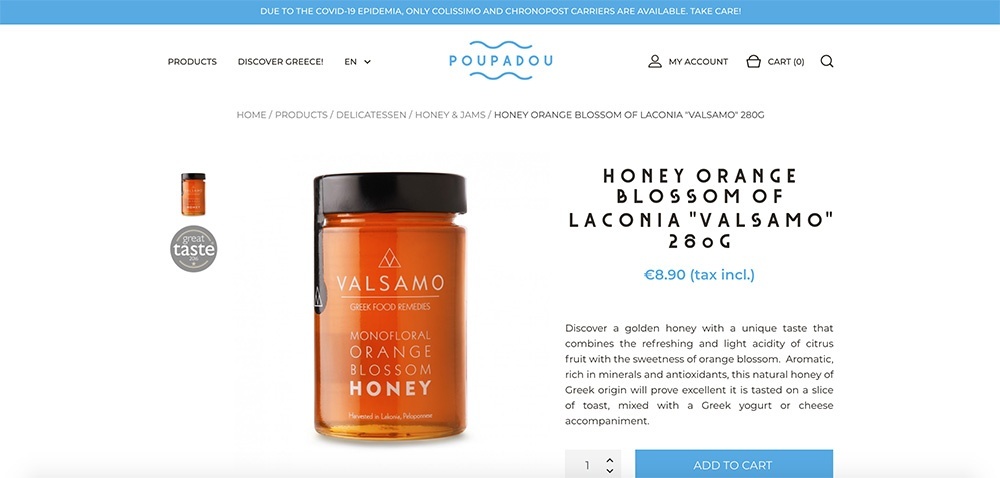
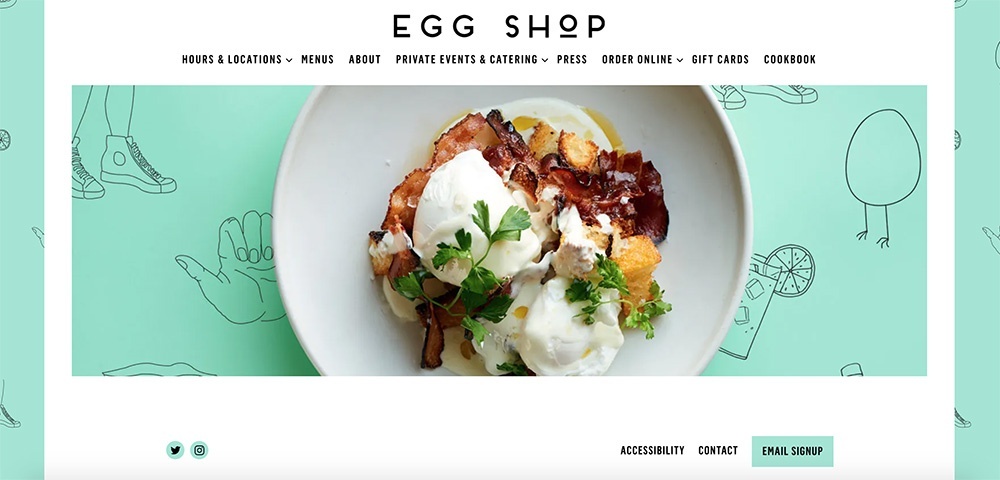
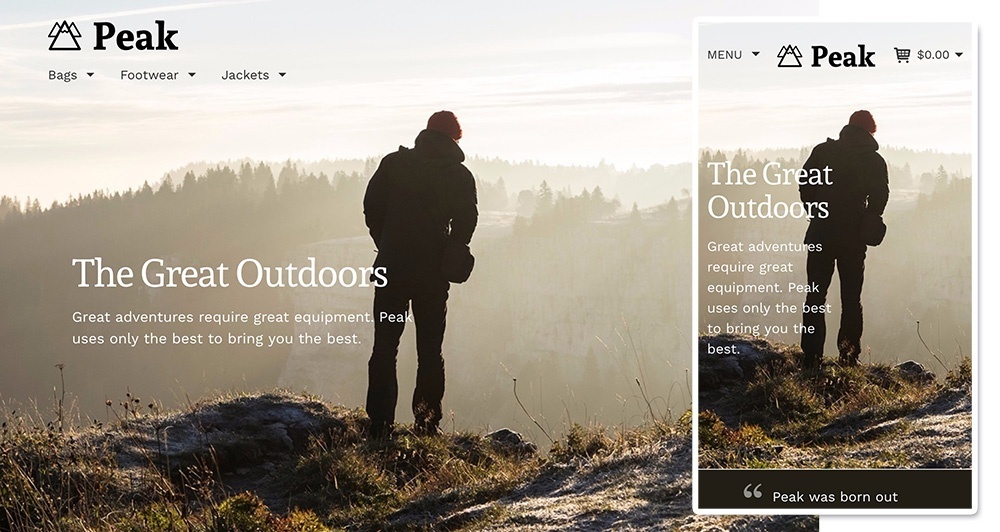

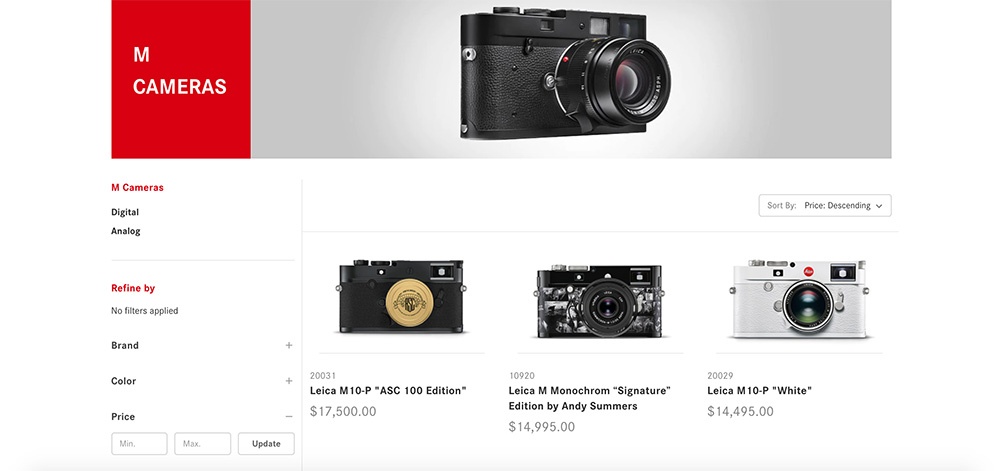
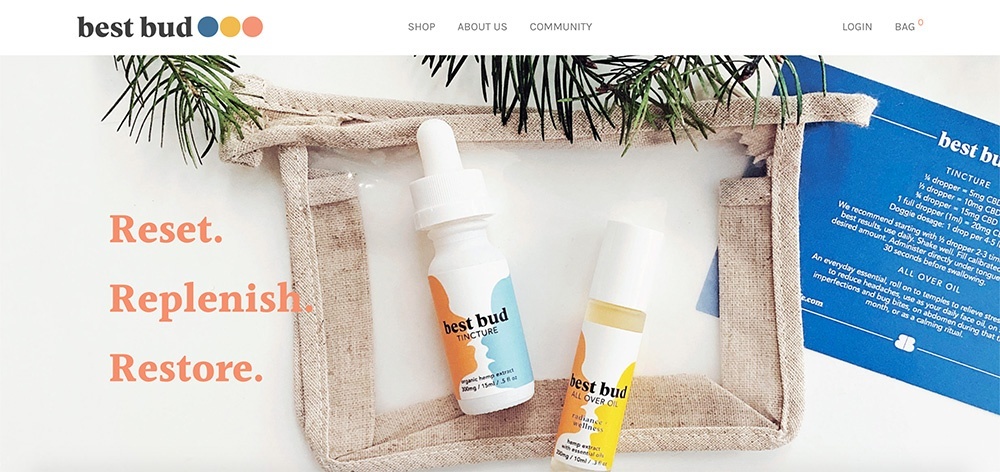
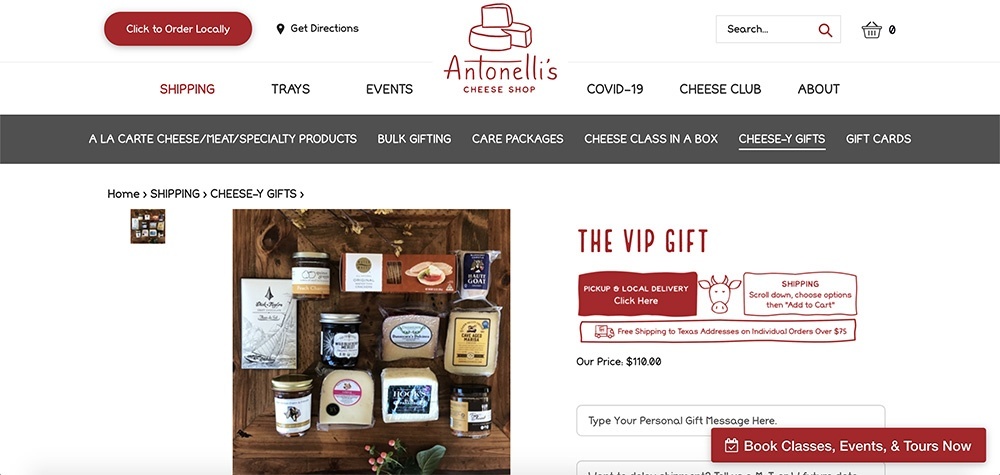
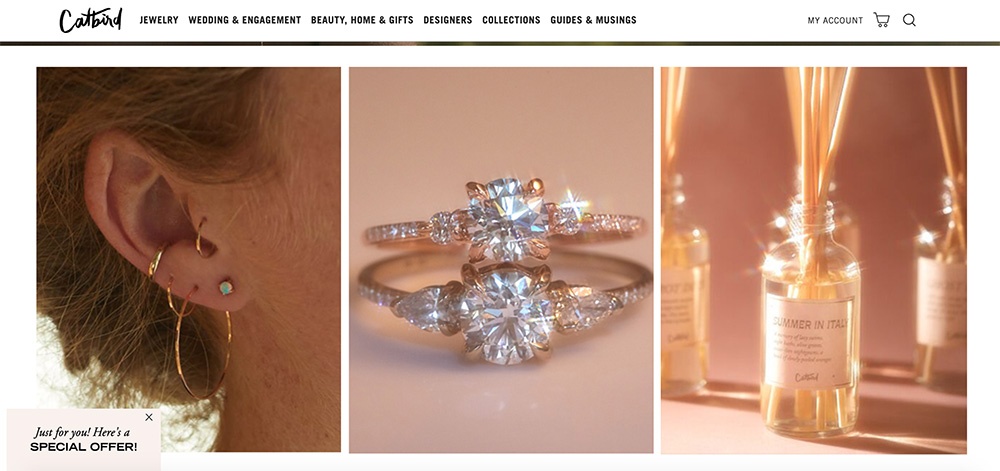
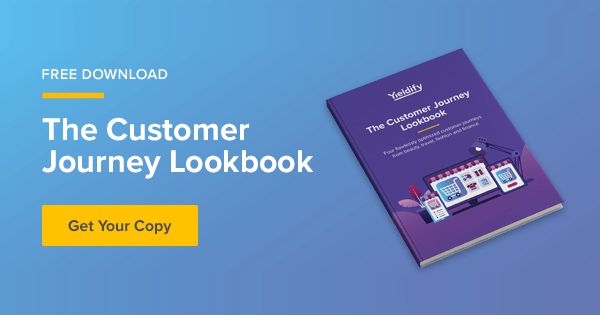
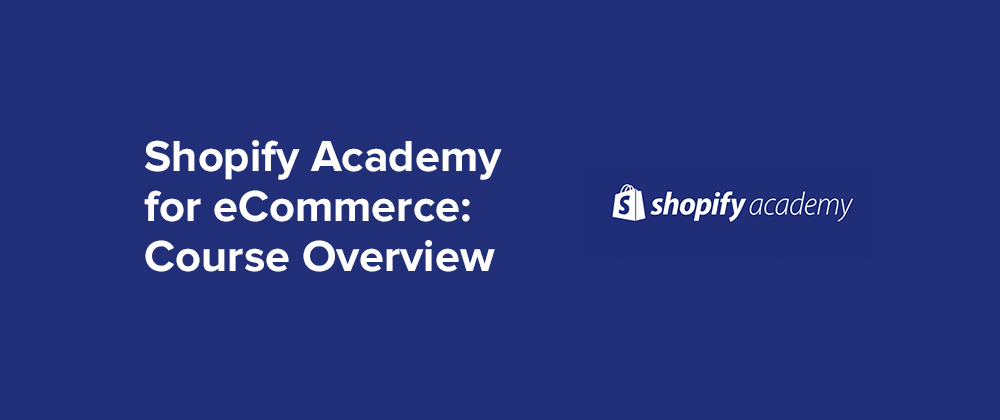
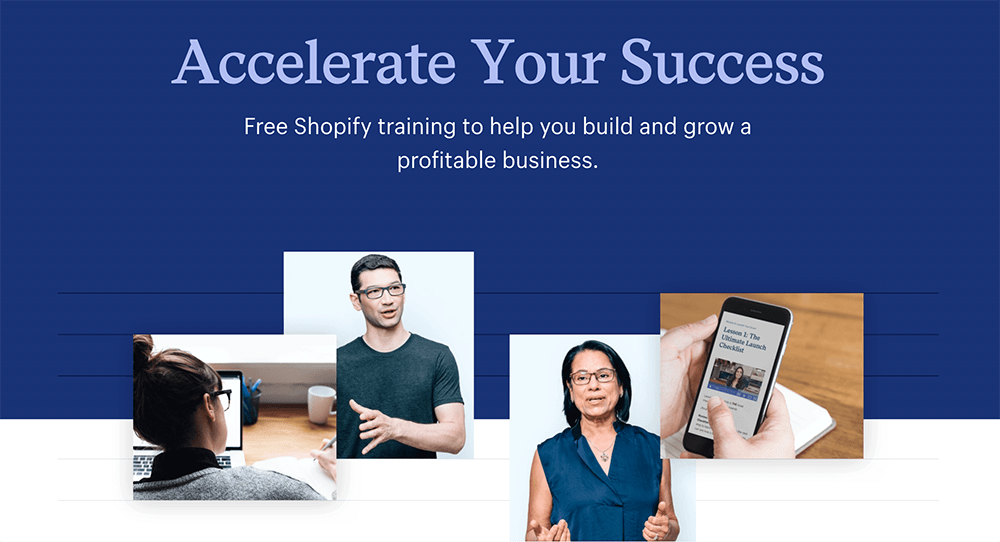
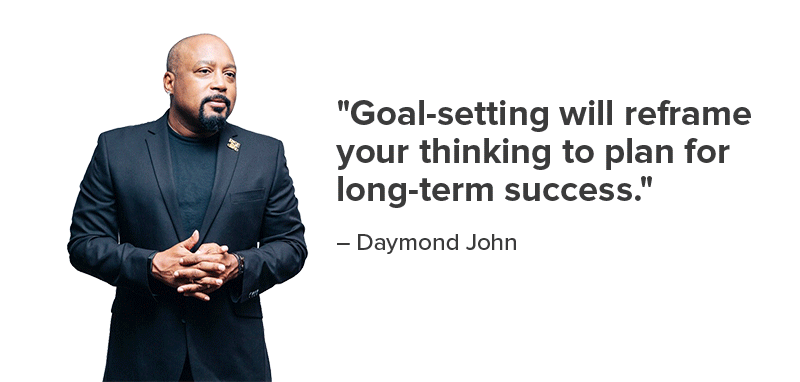
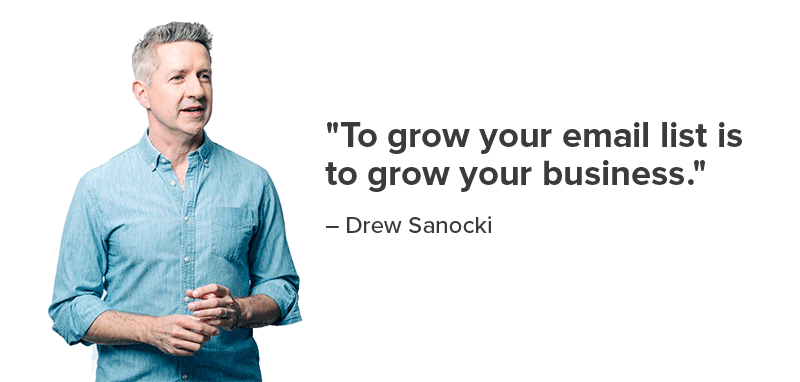

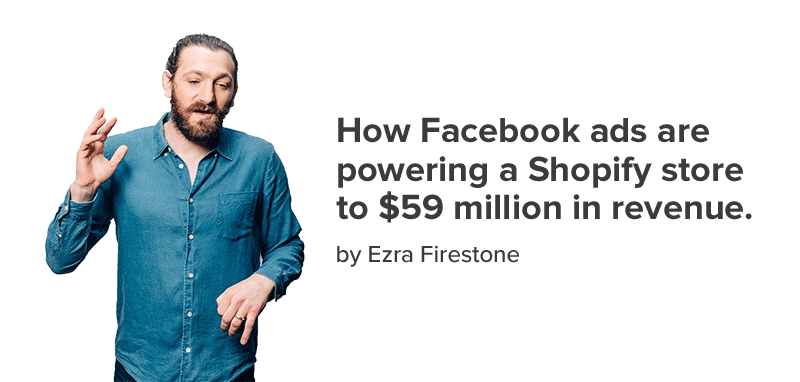
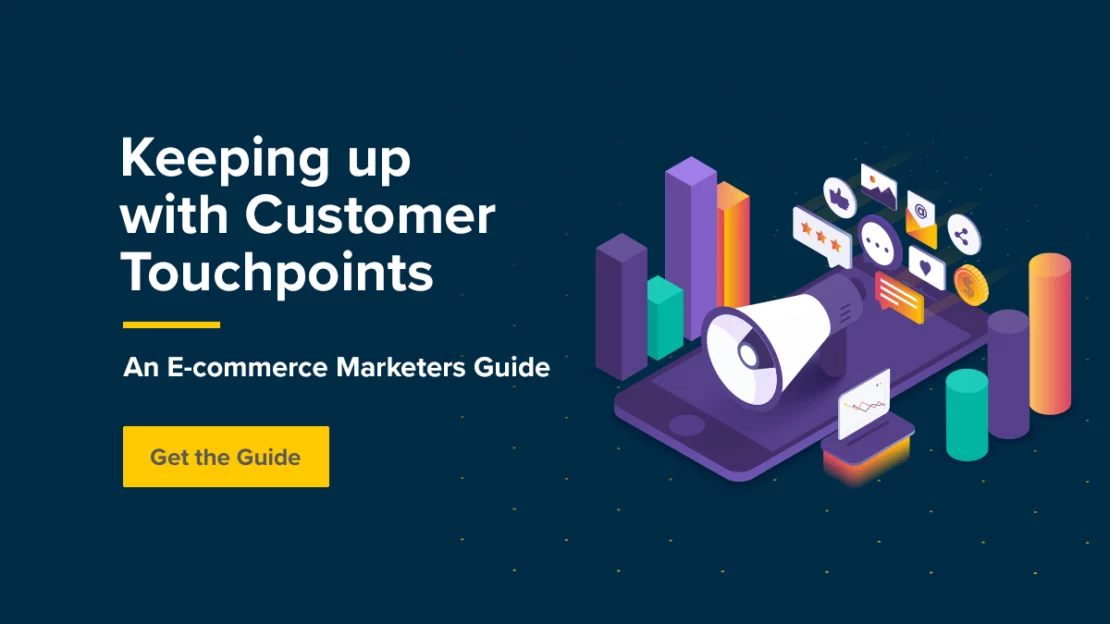
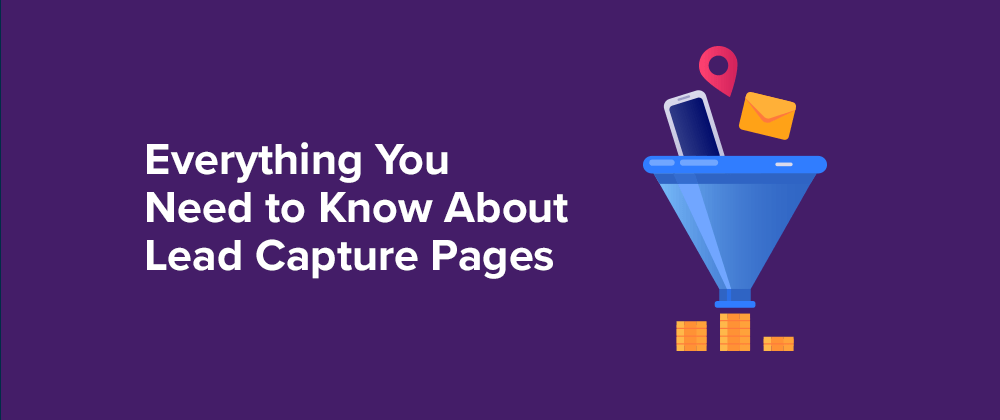
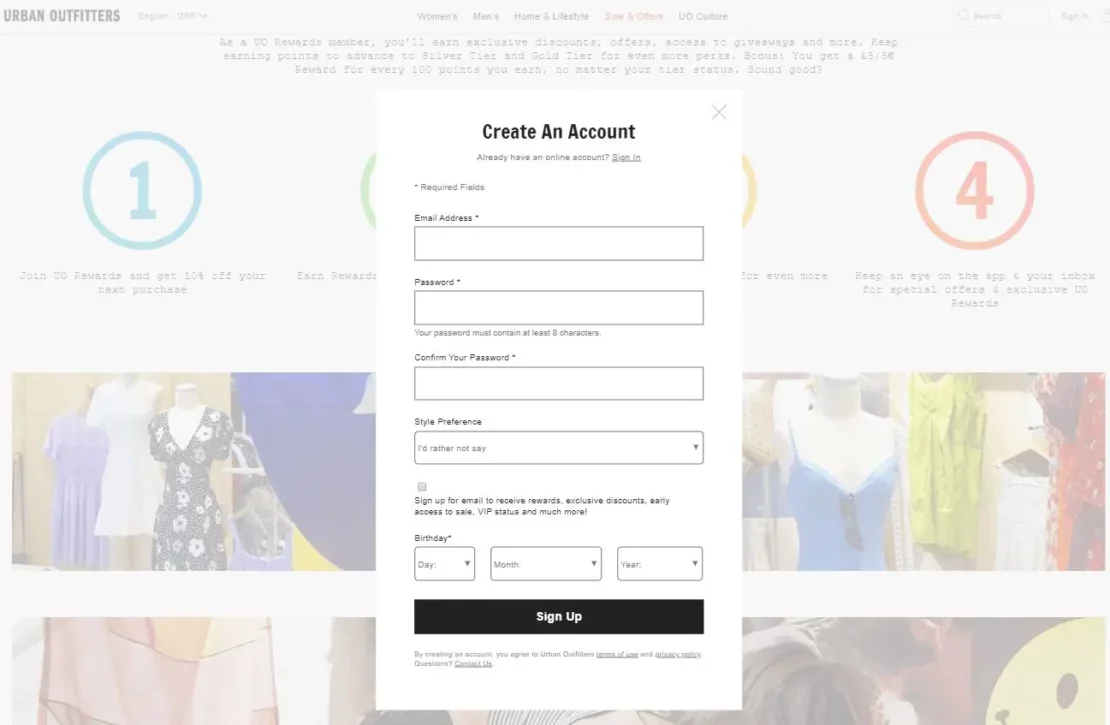
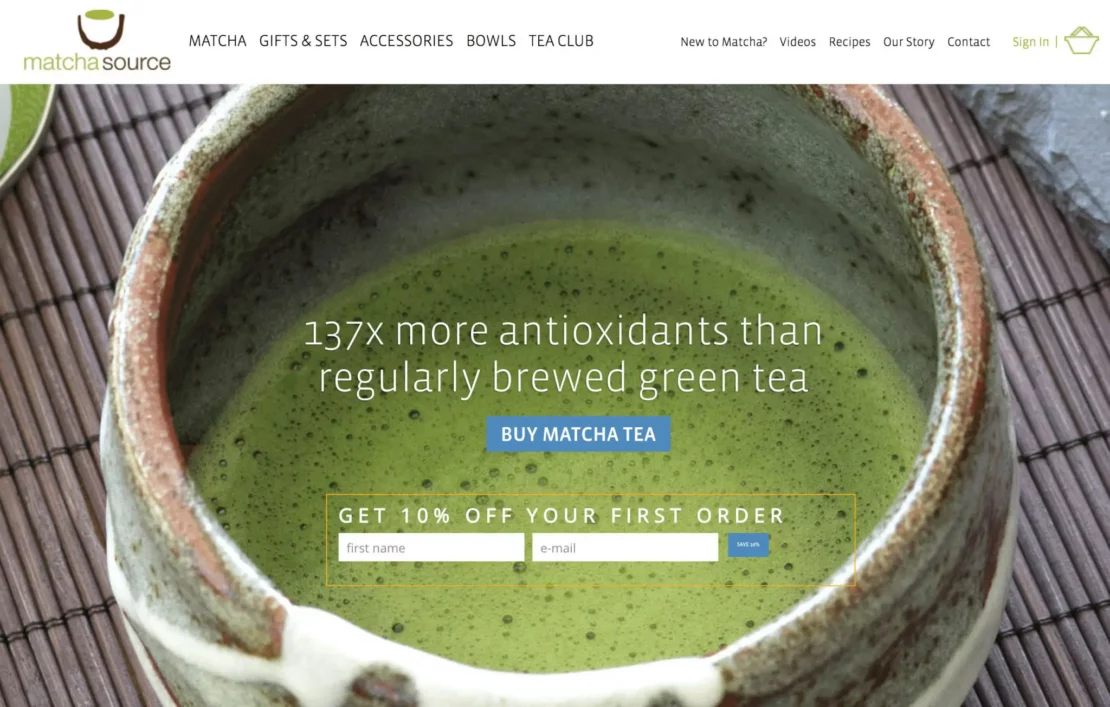
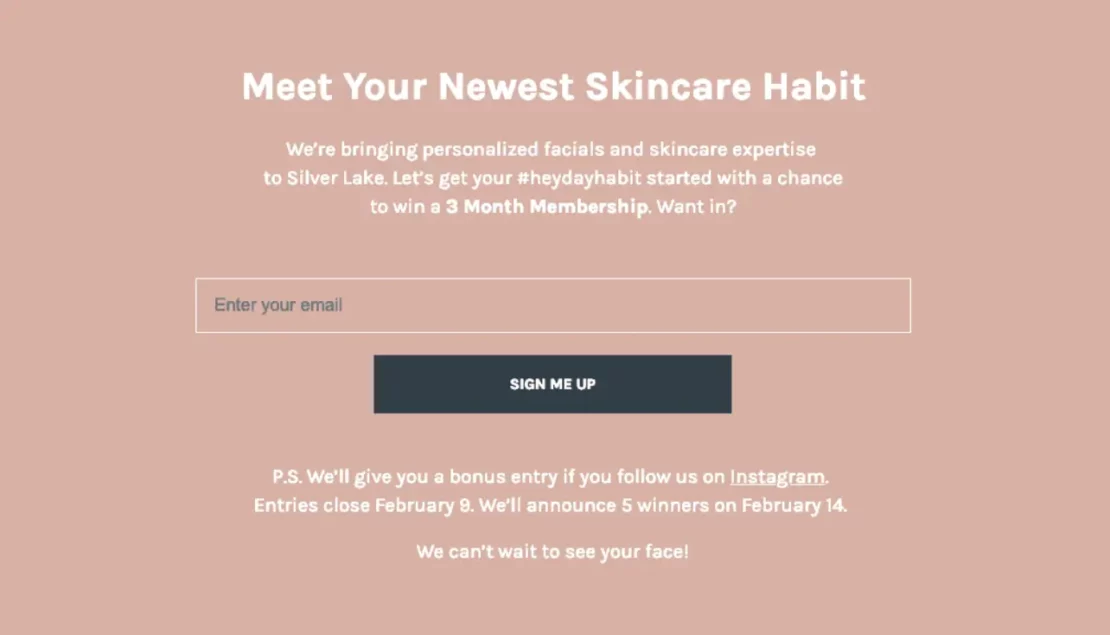
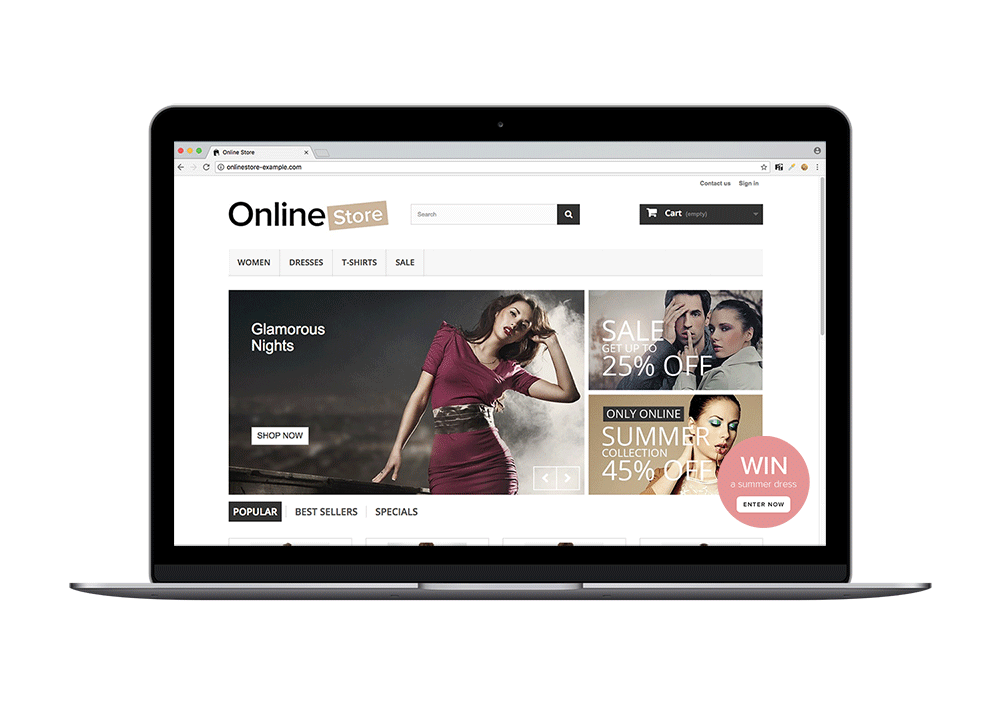
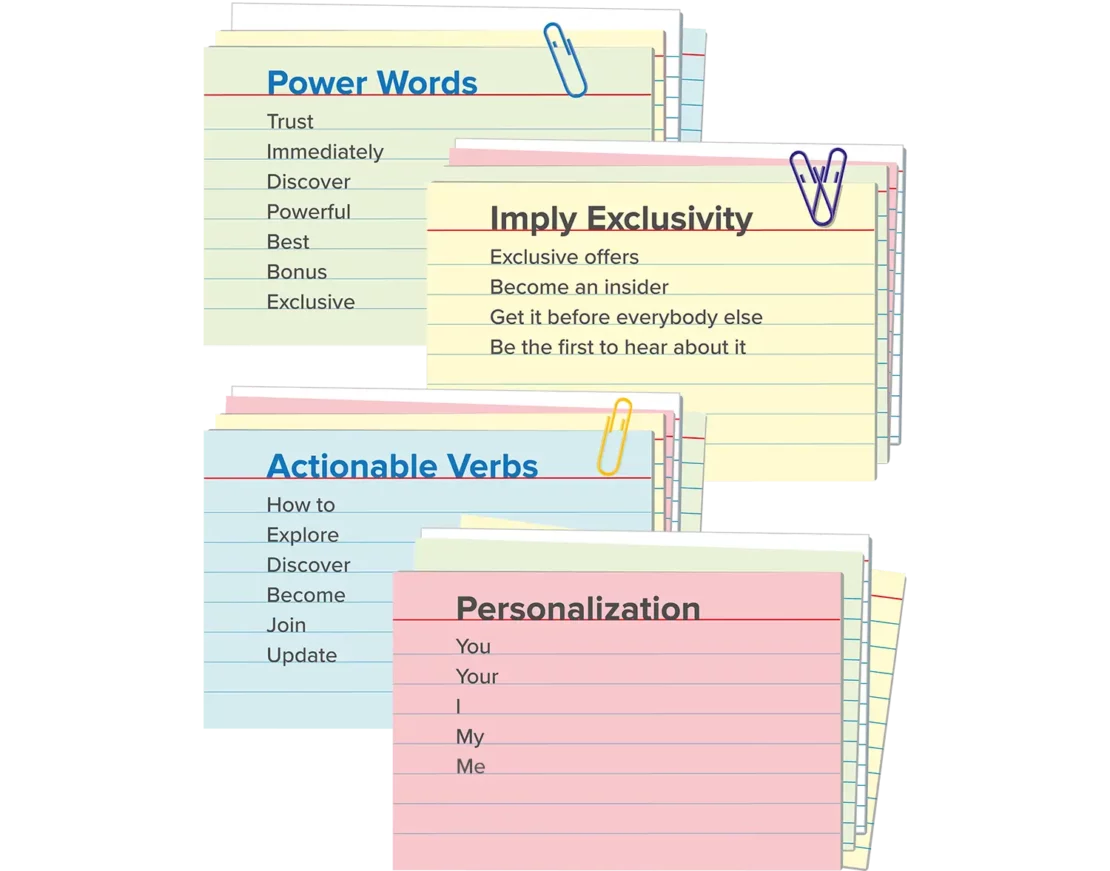
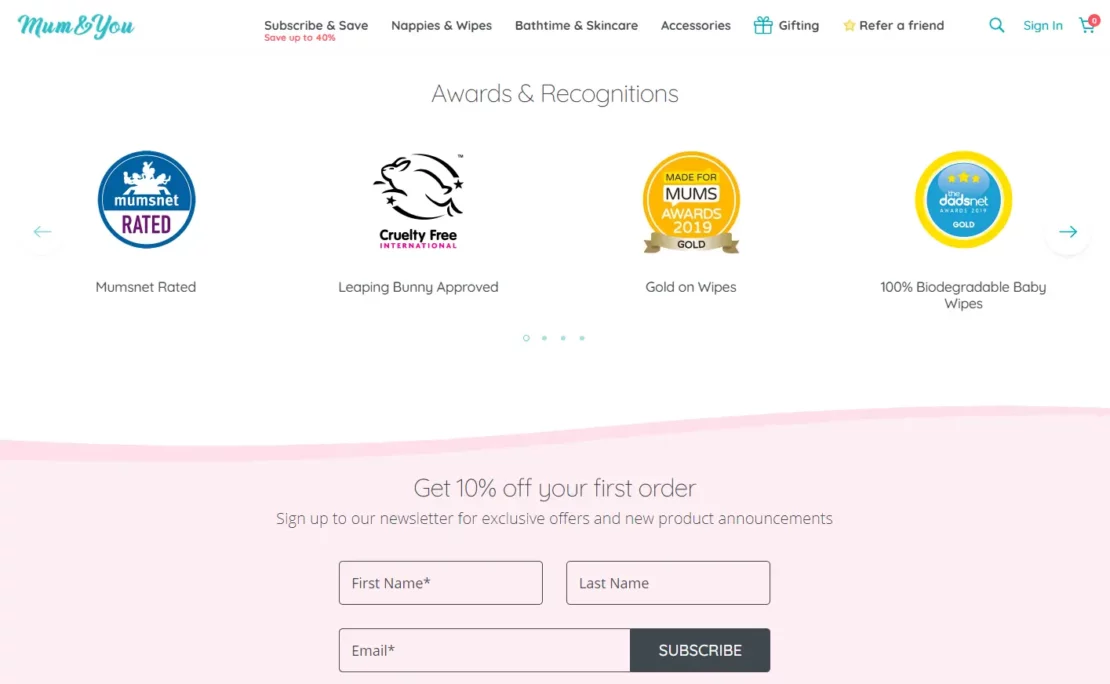
Recent Comments